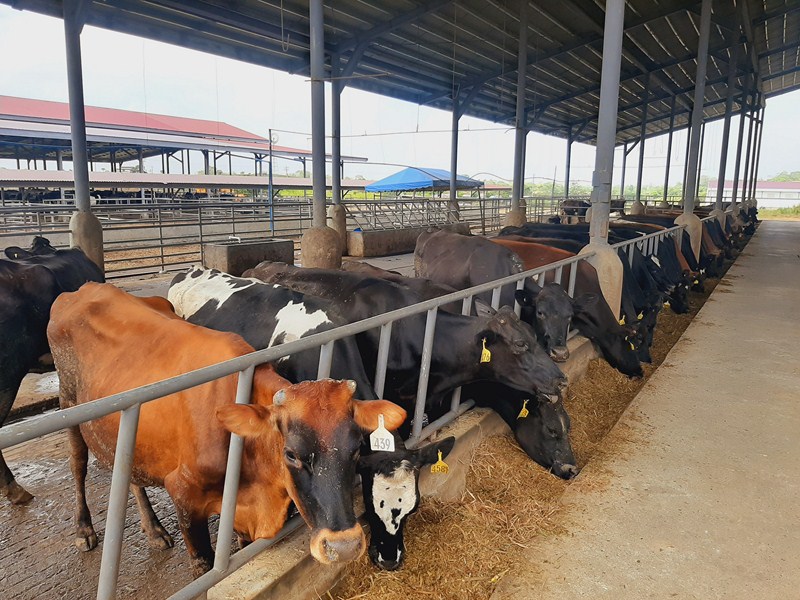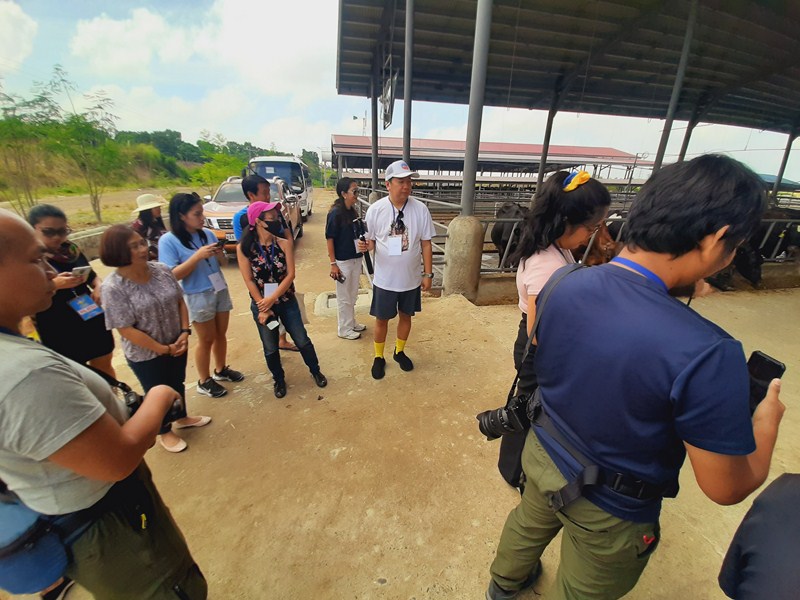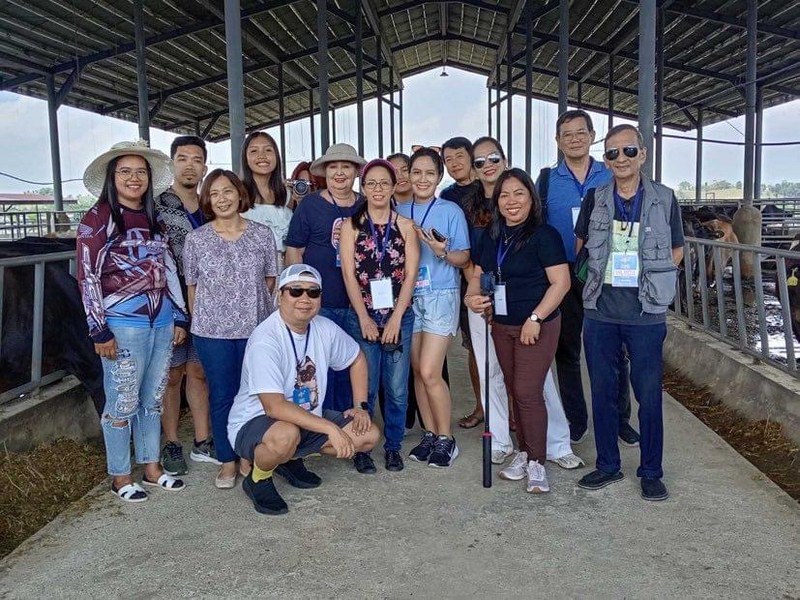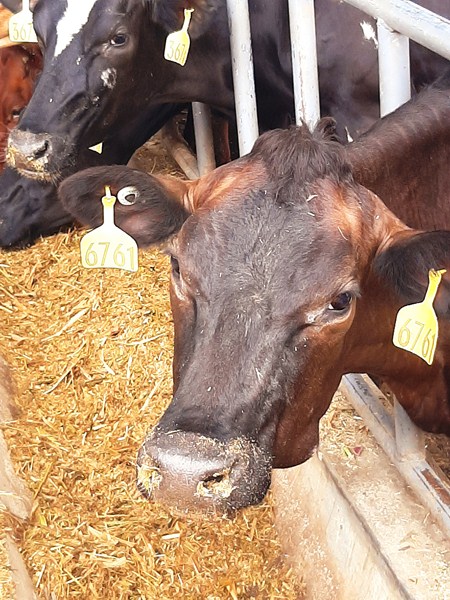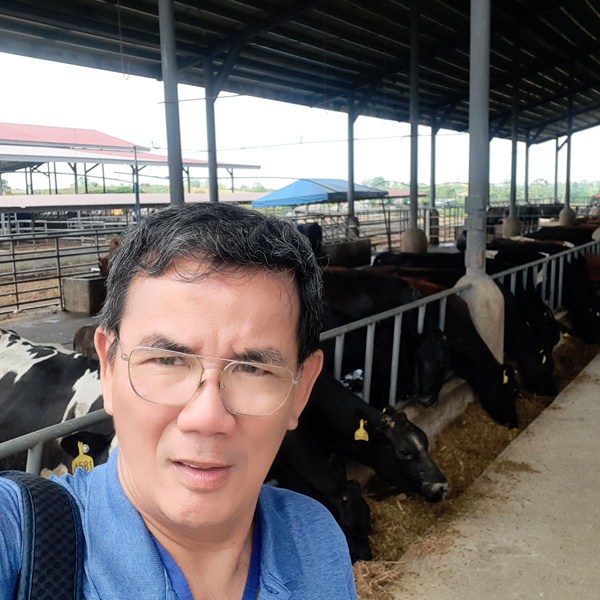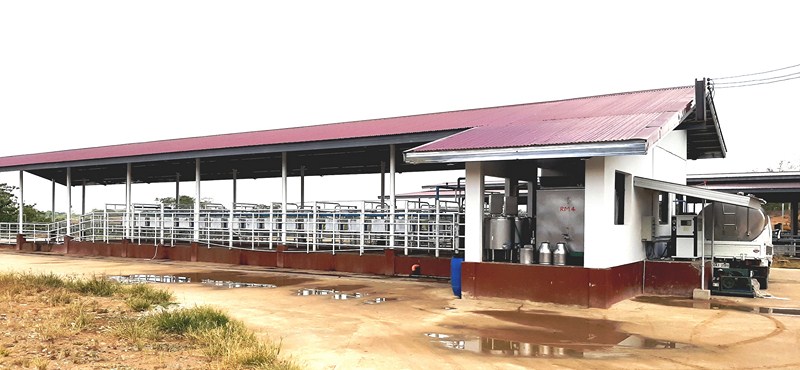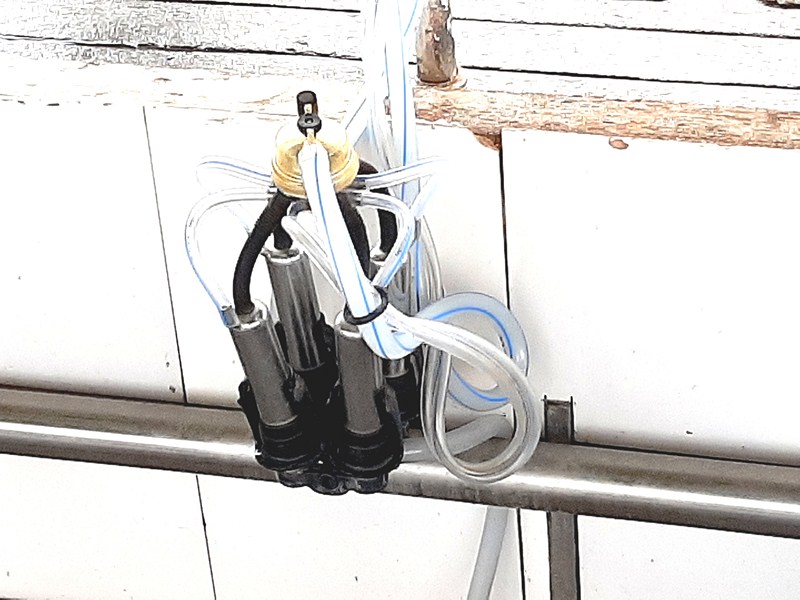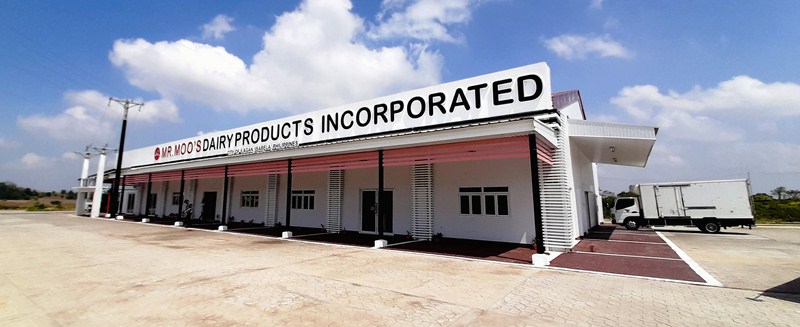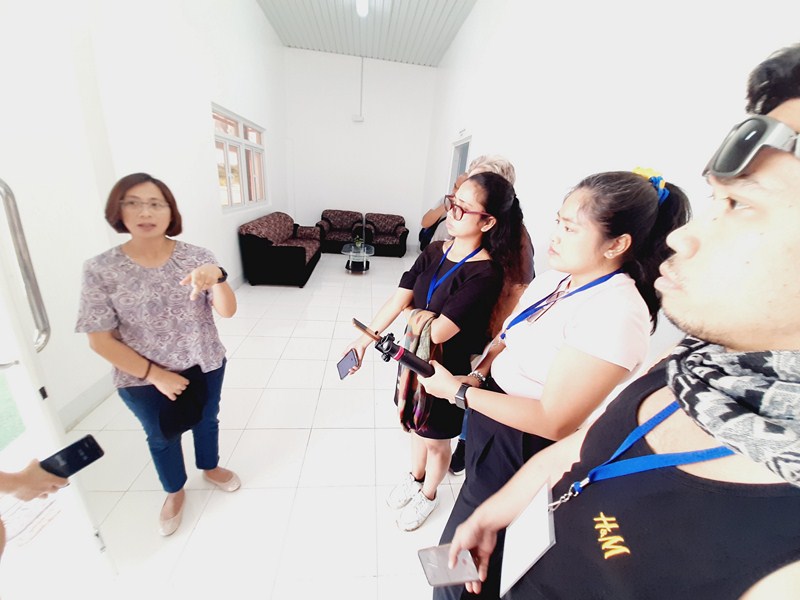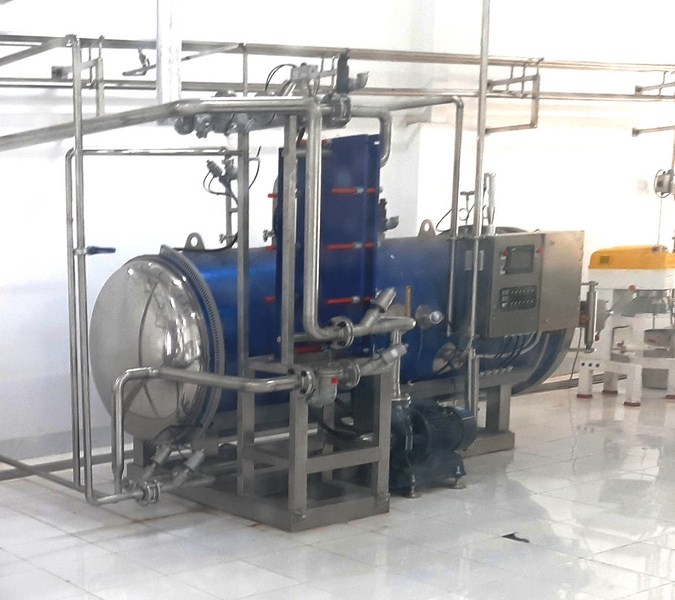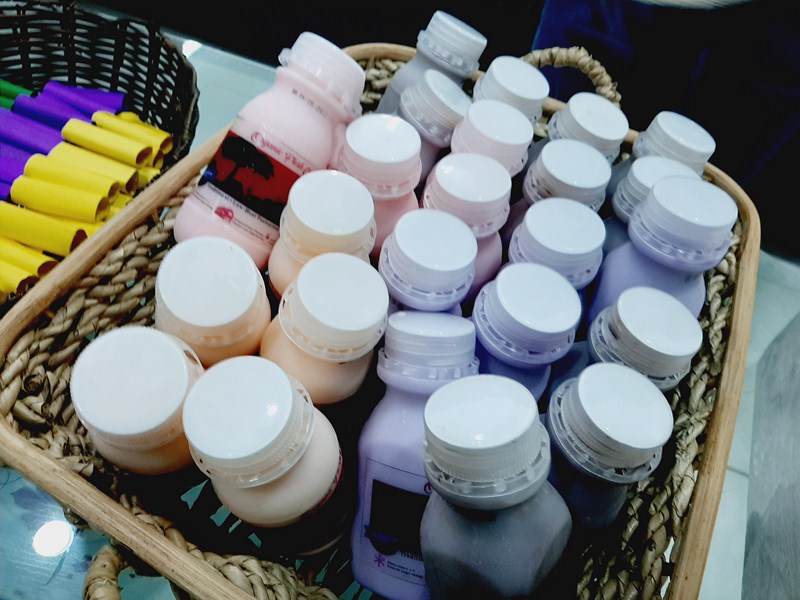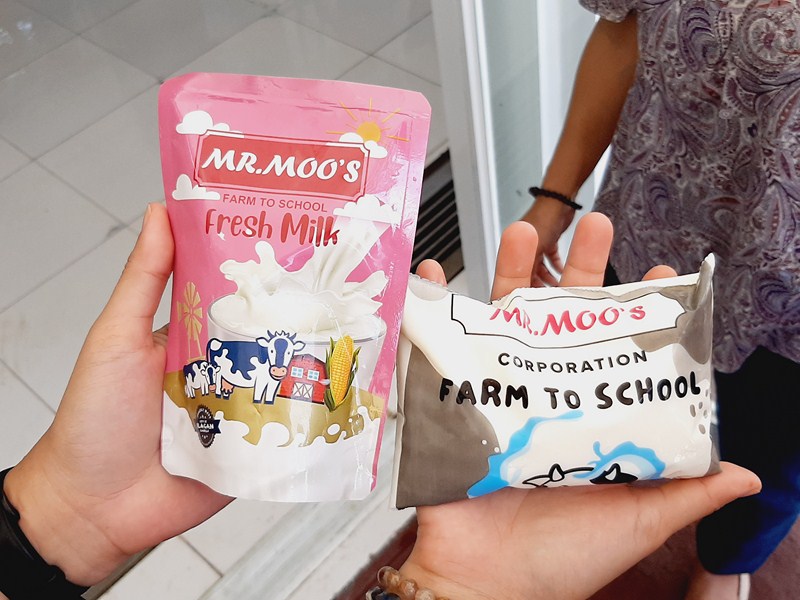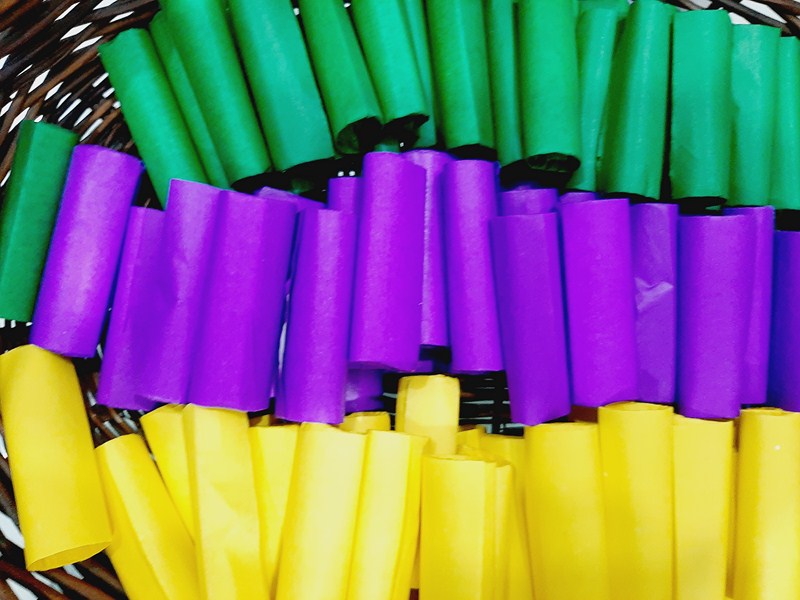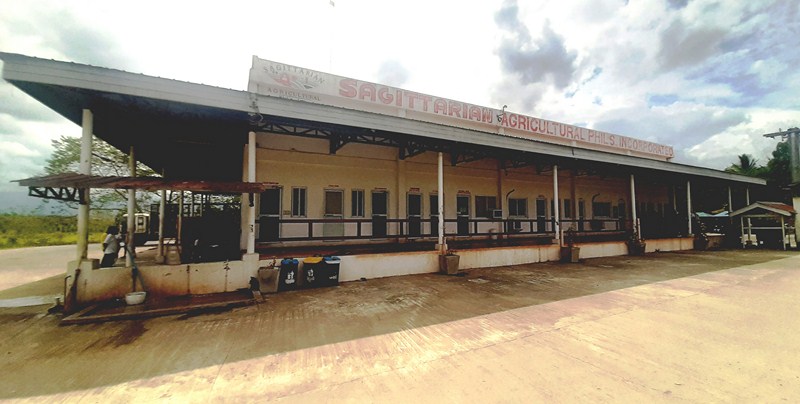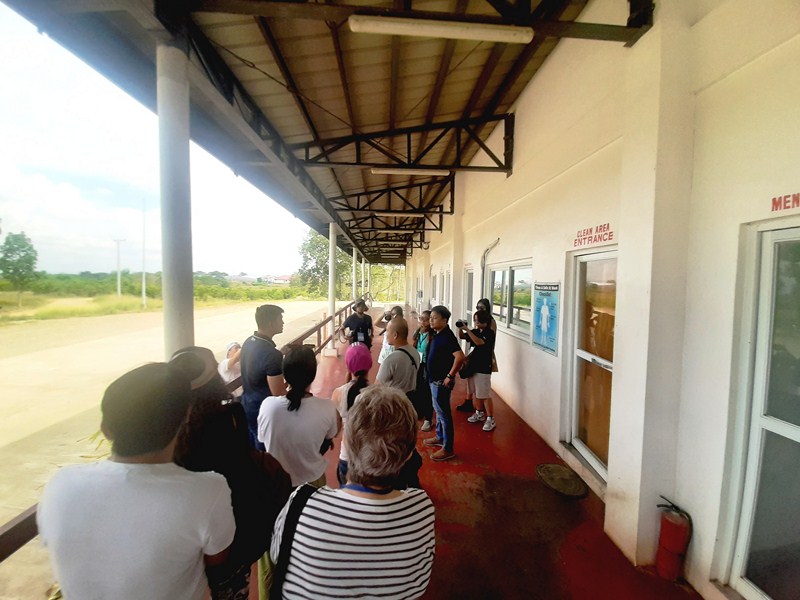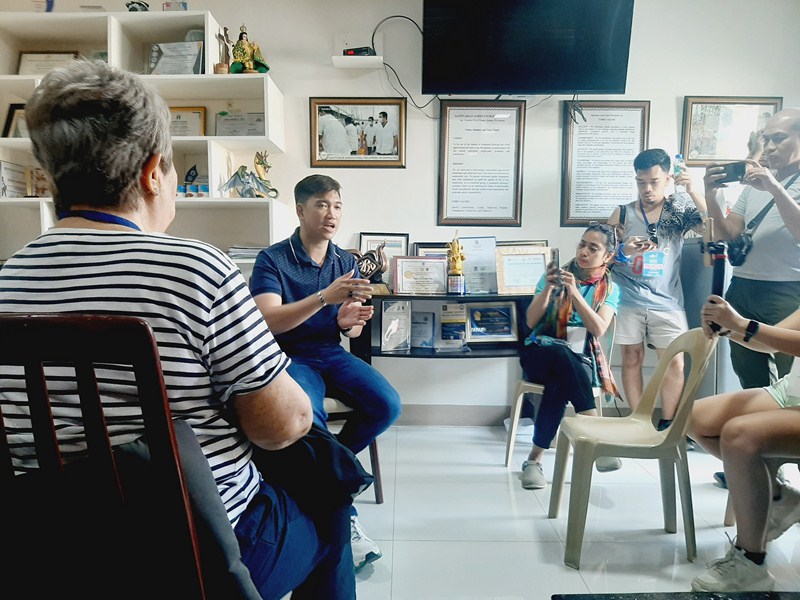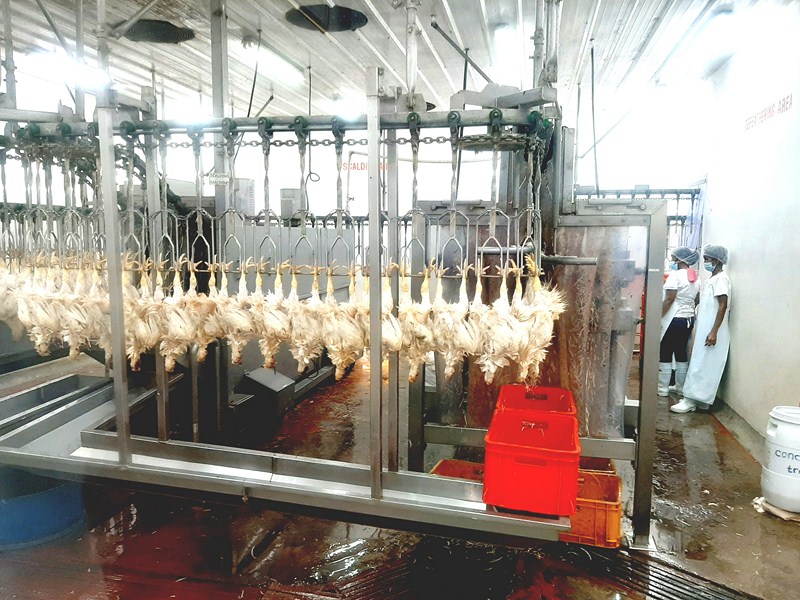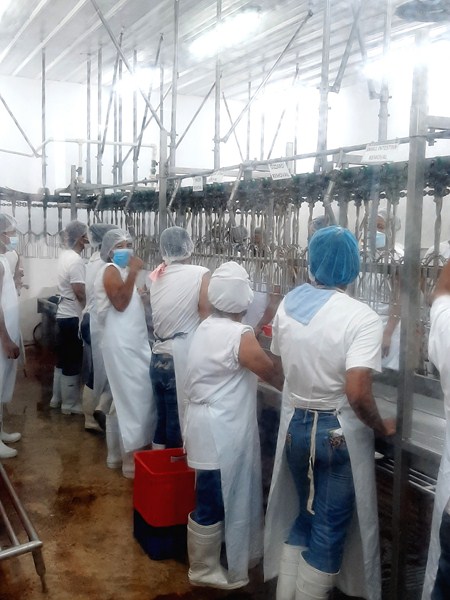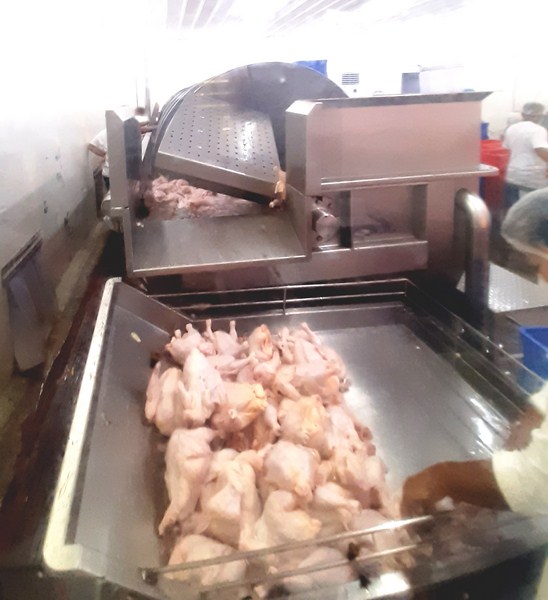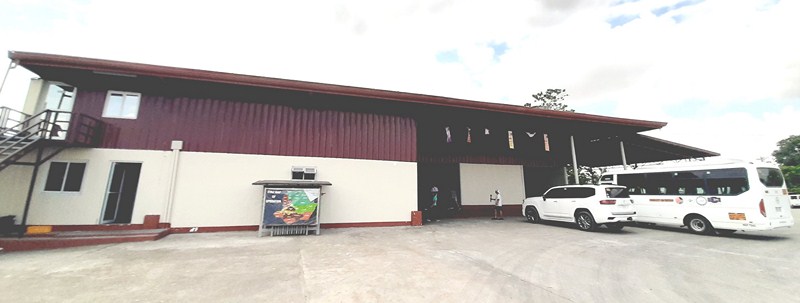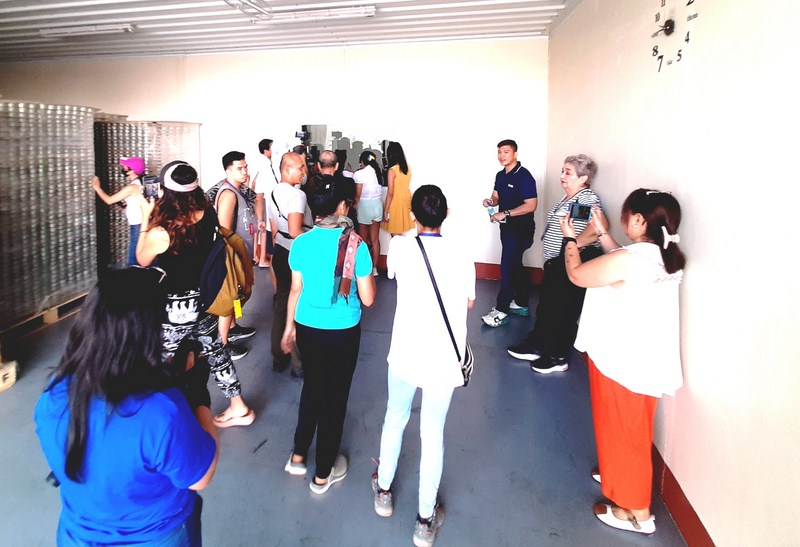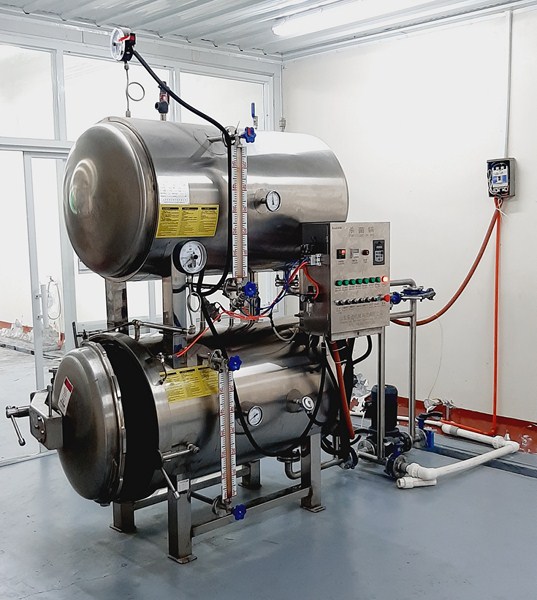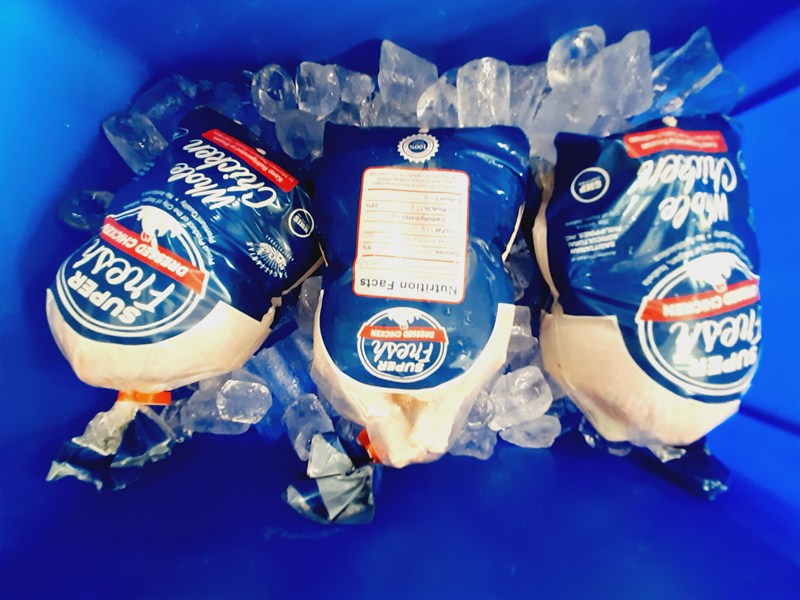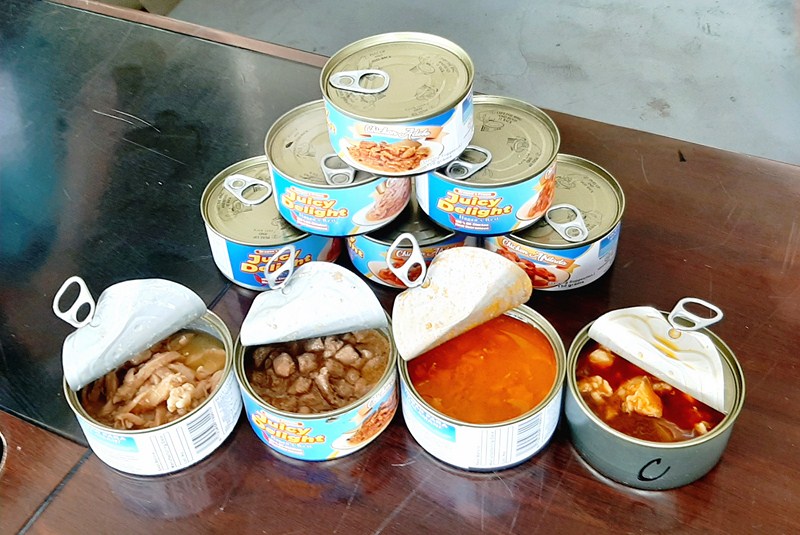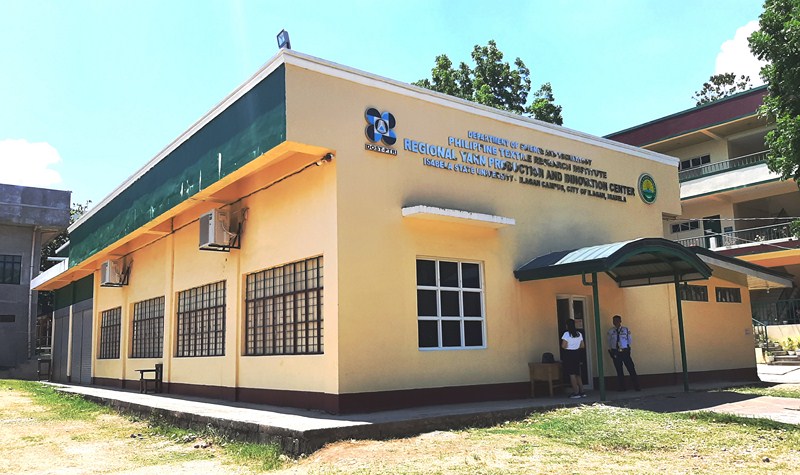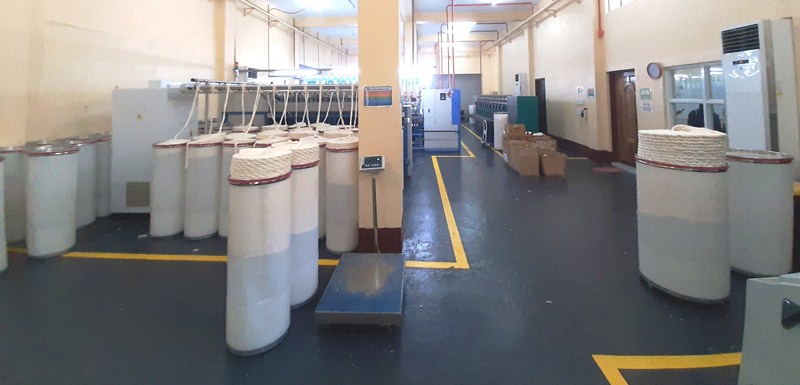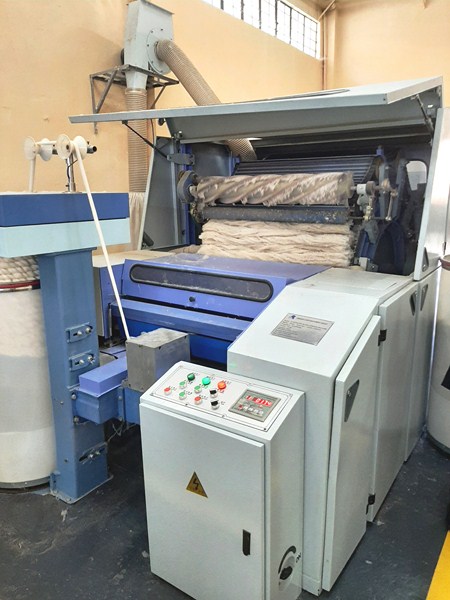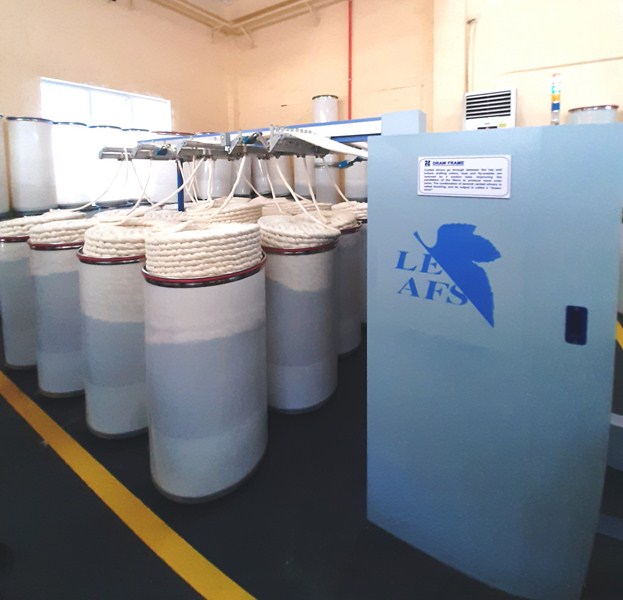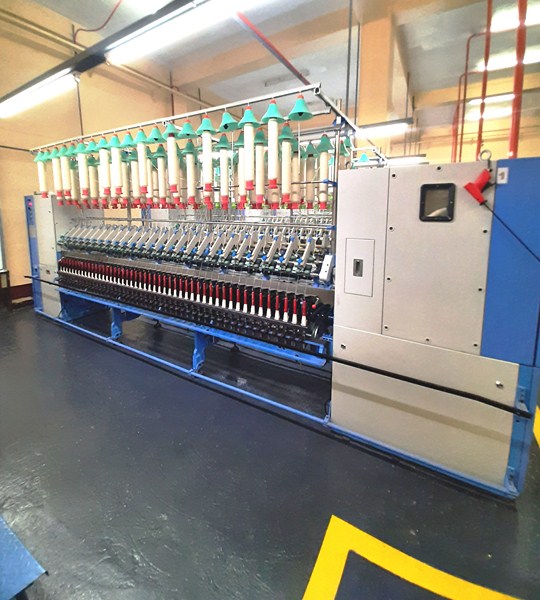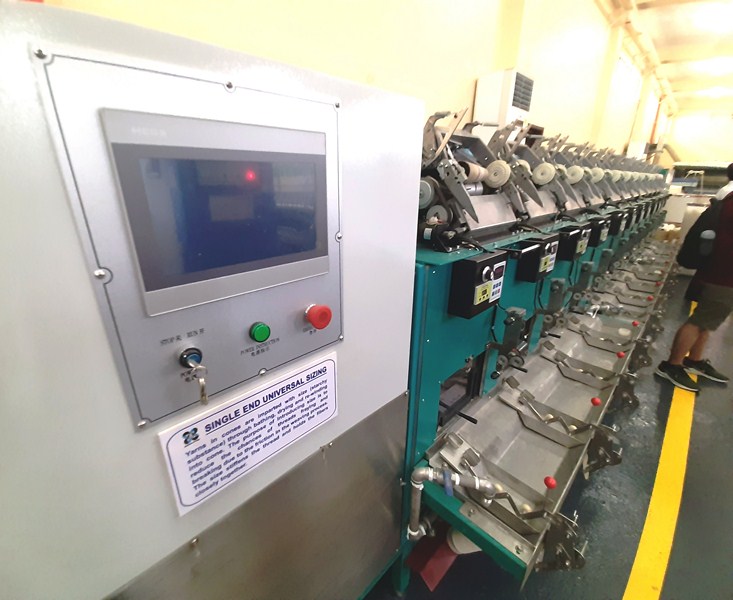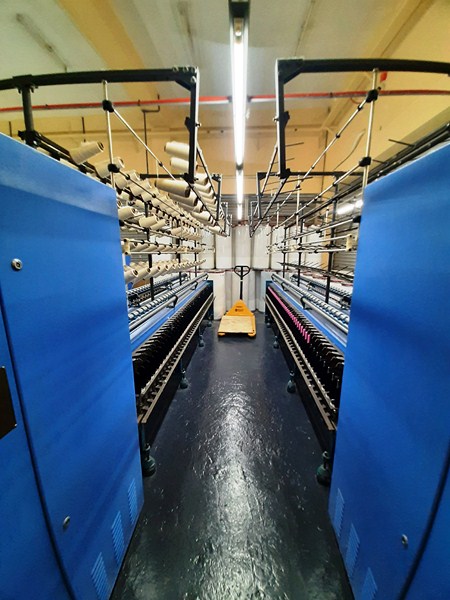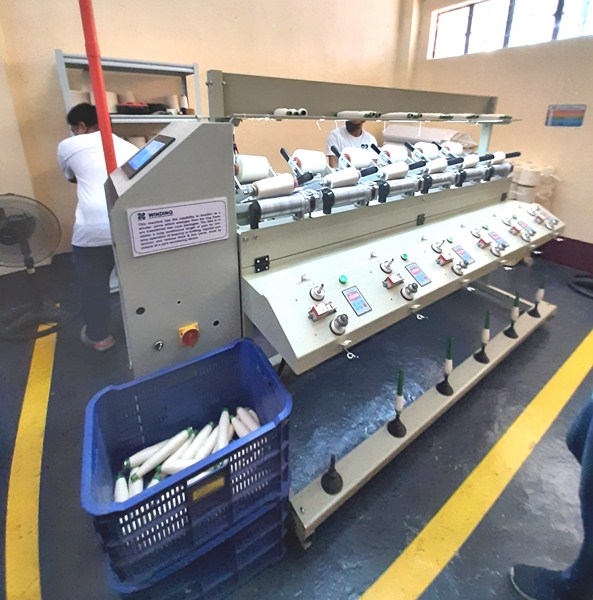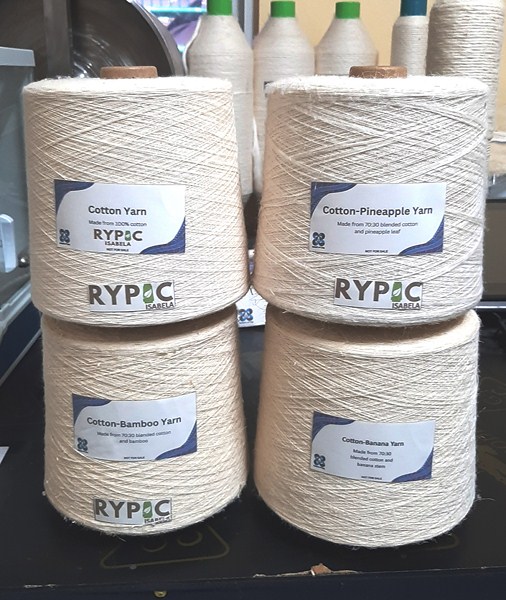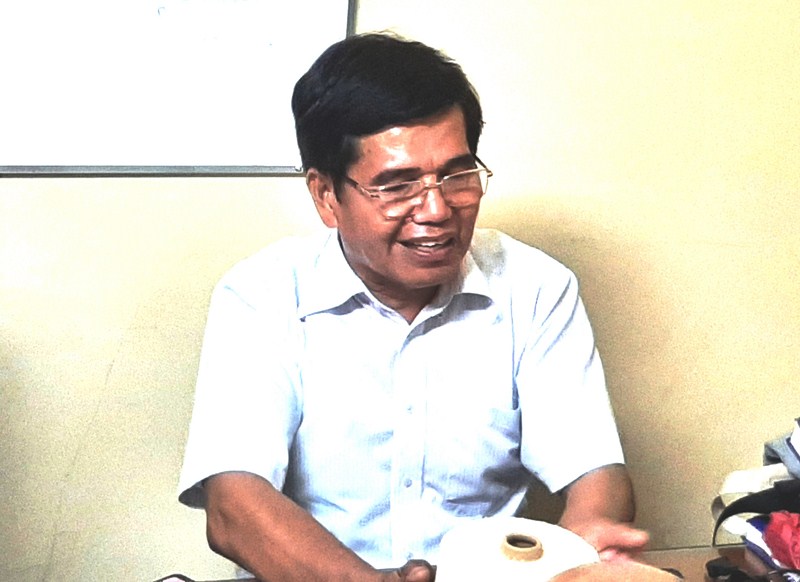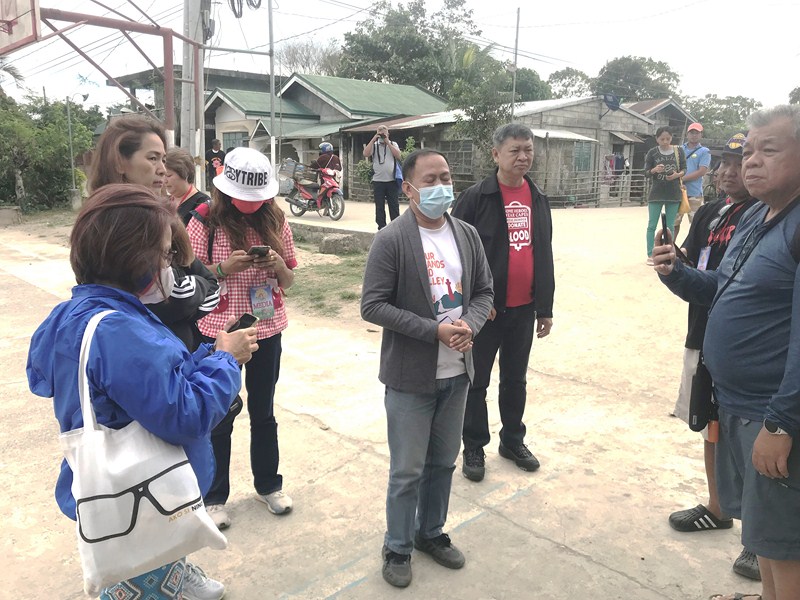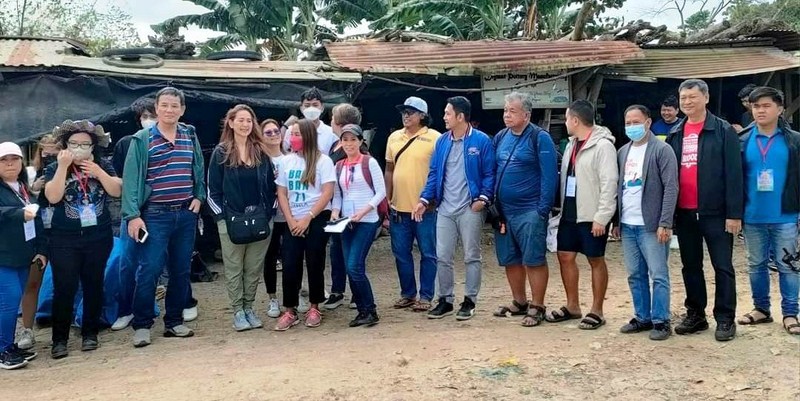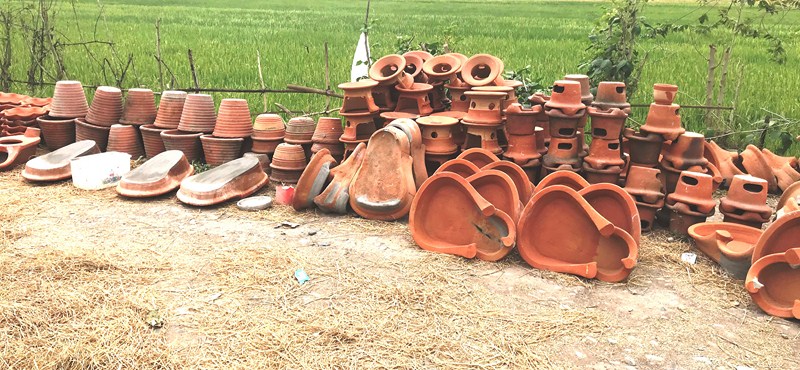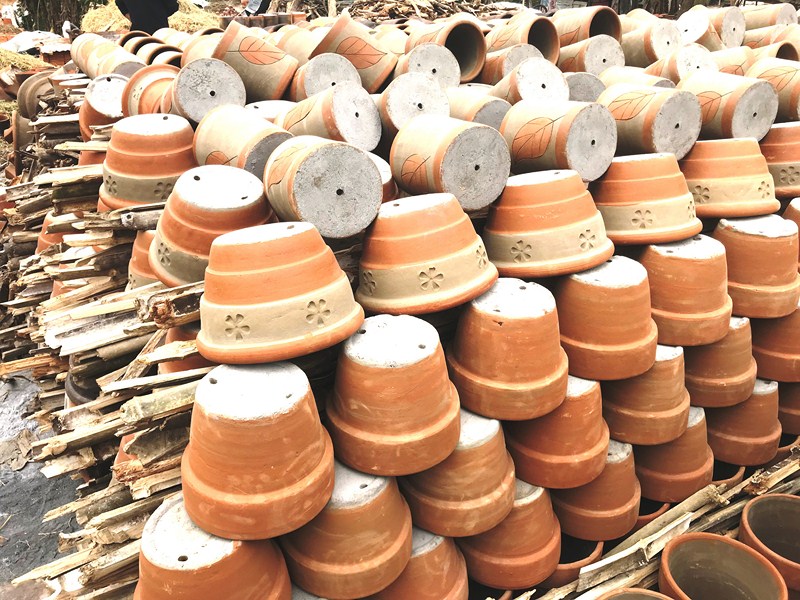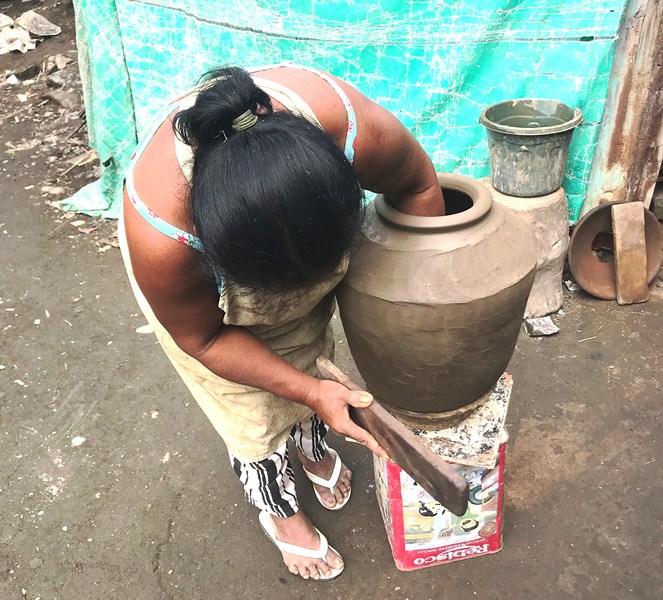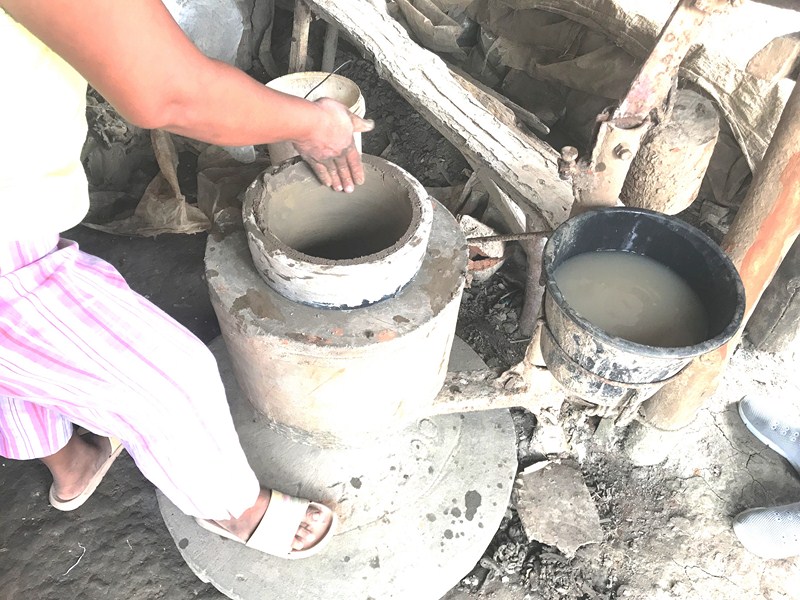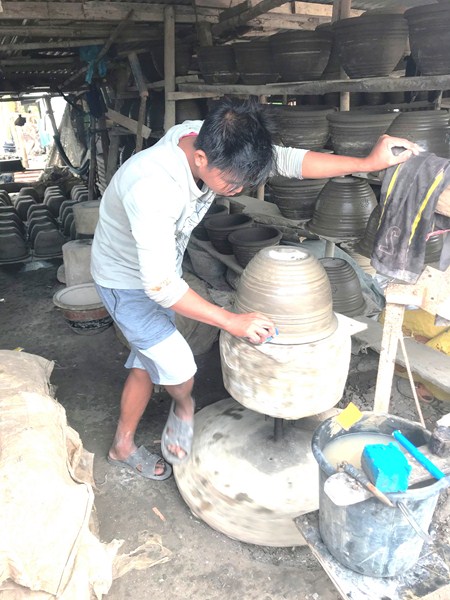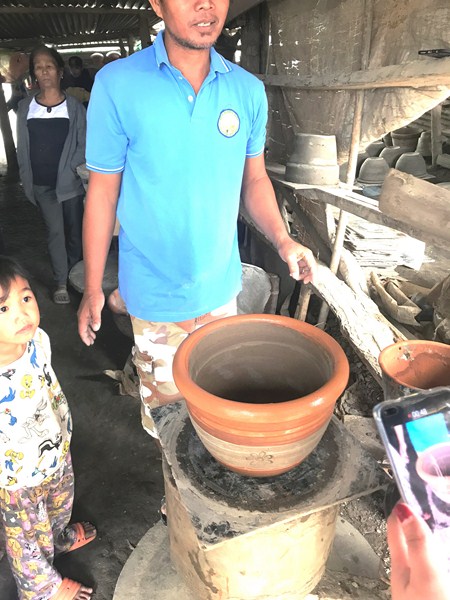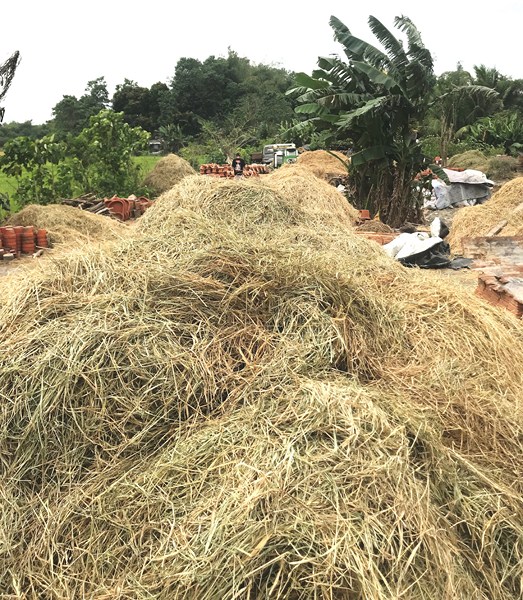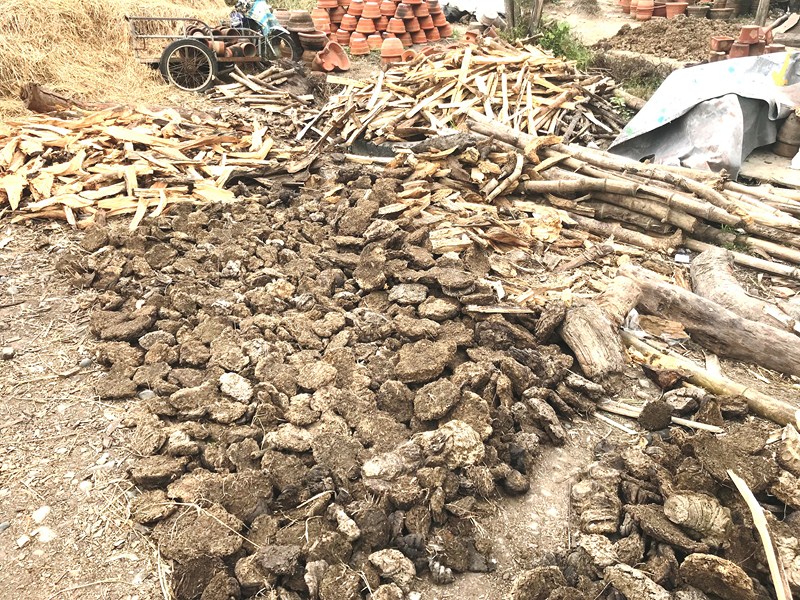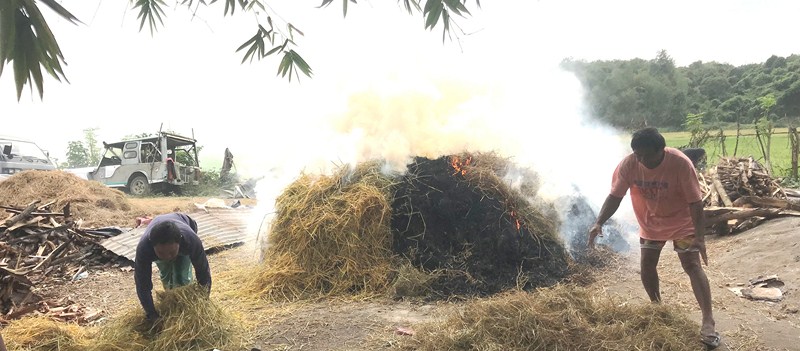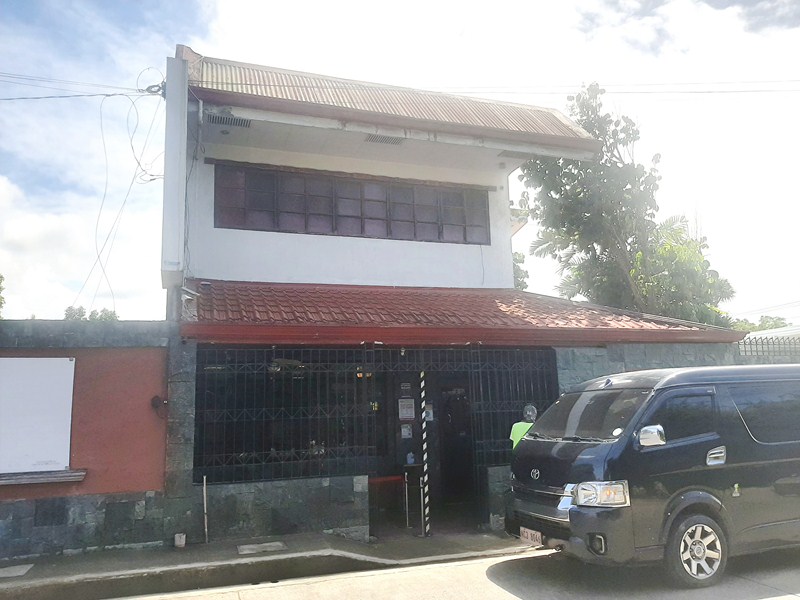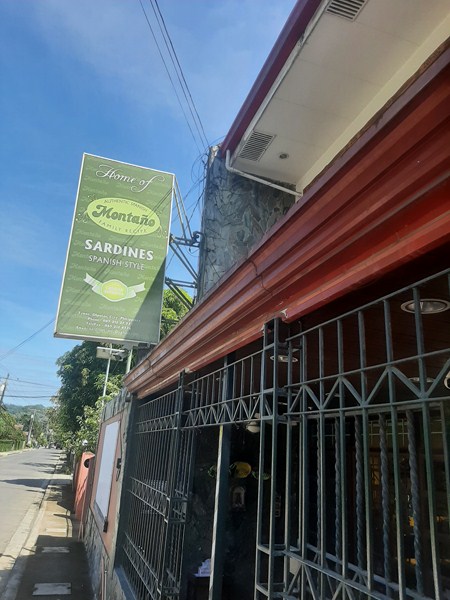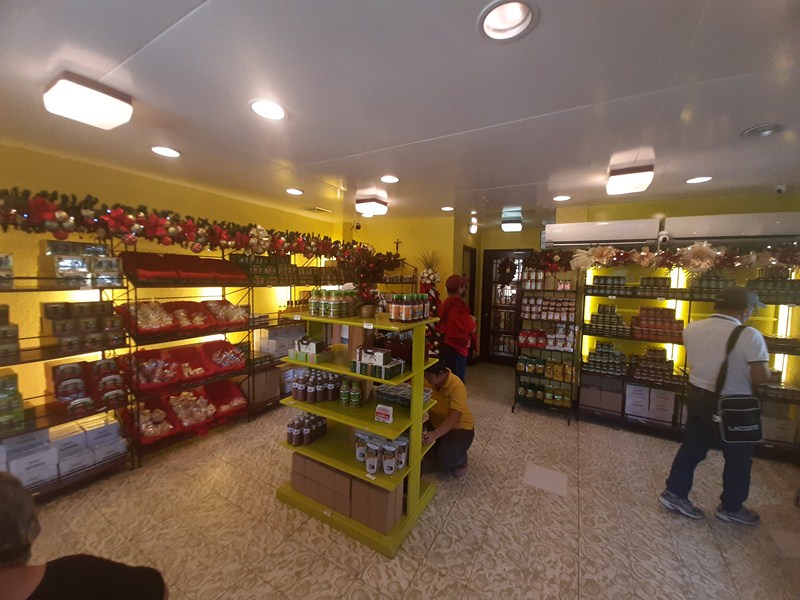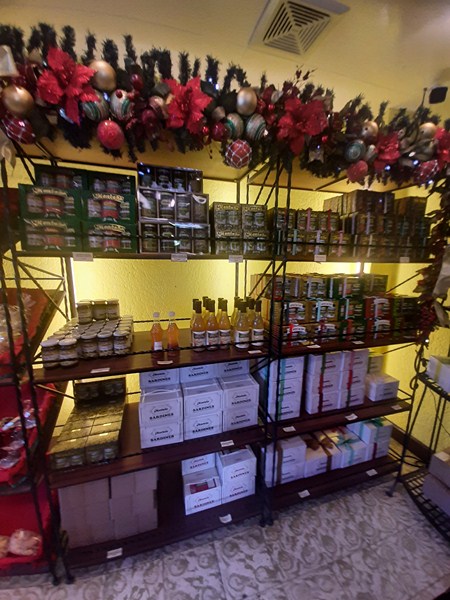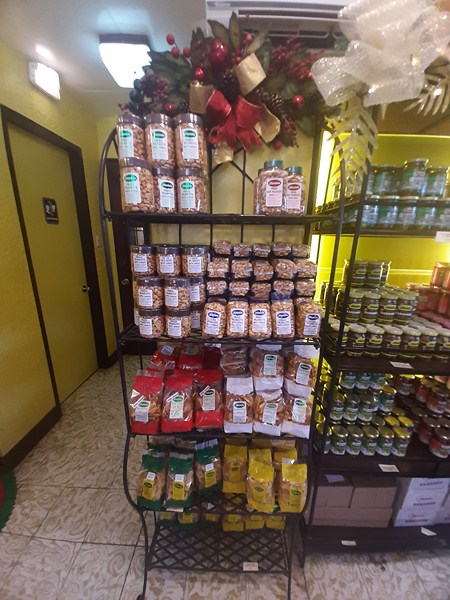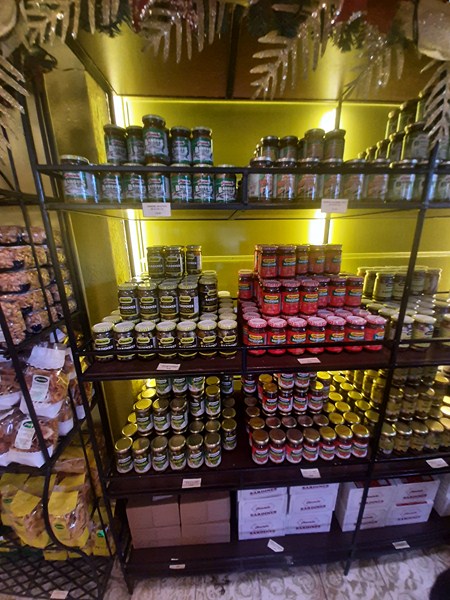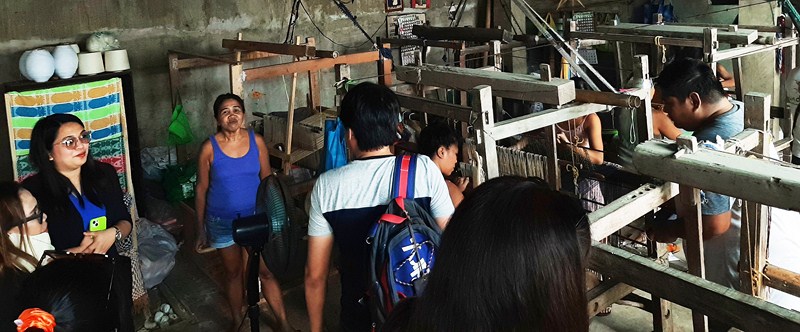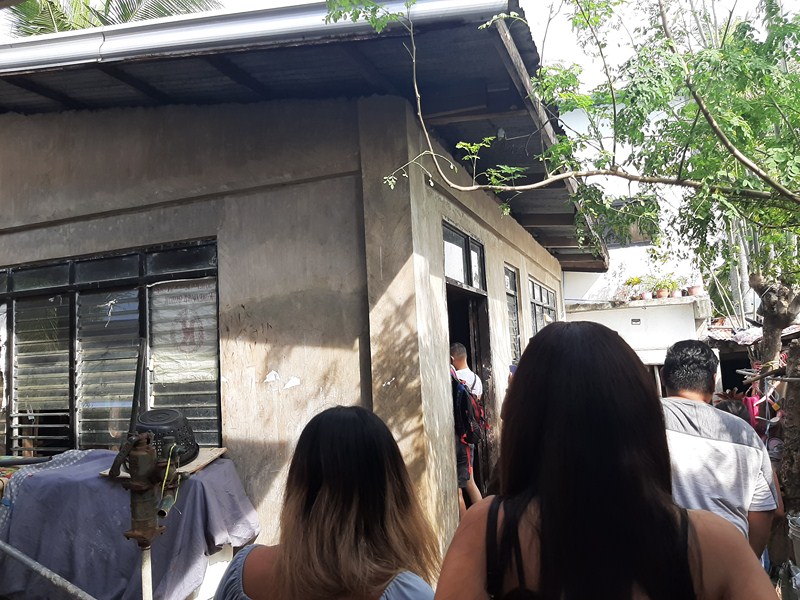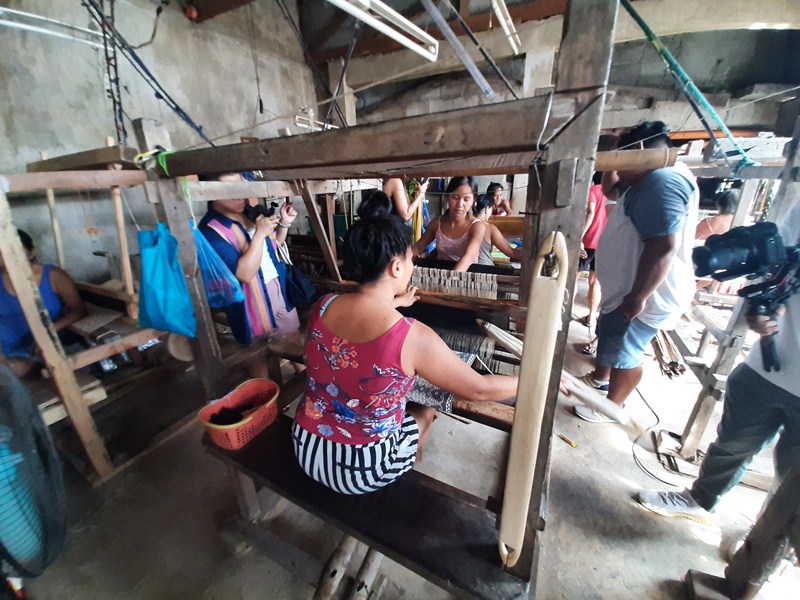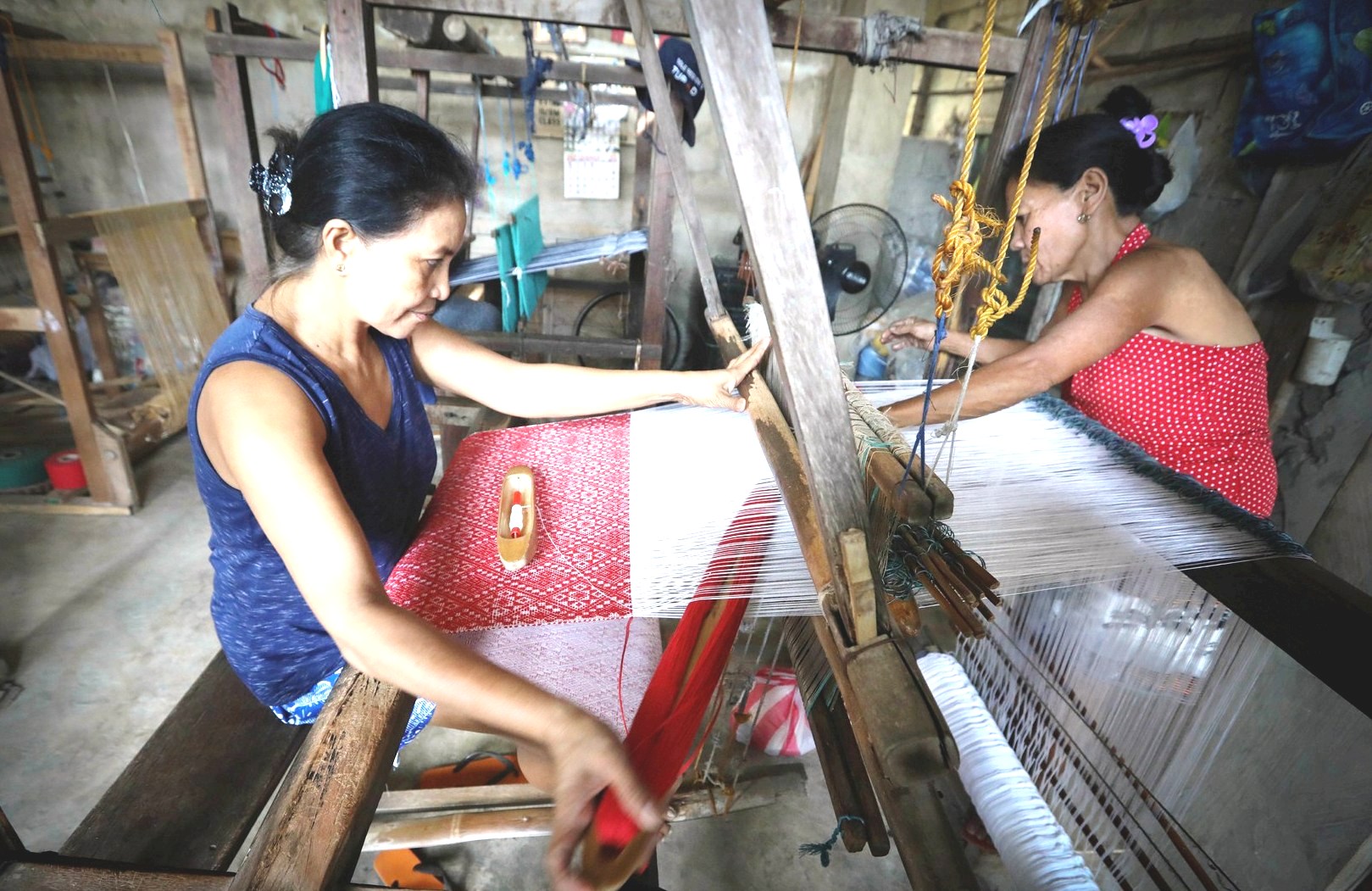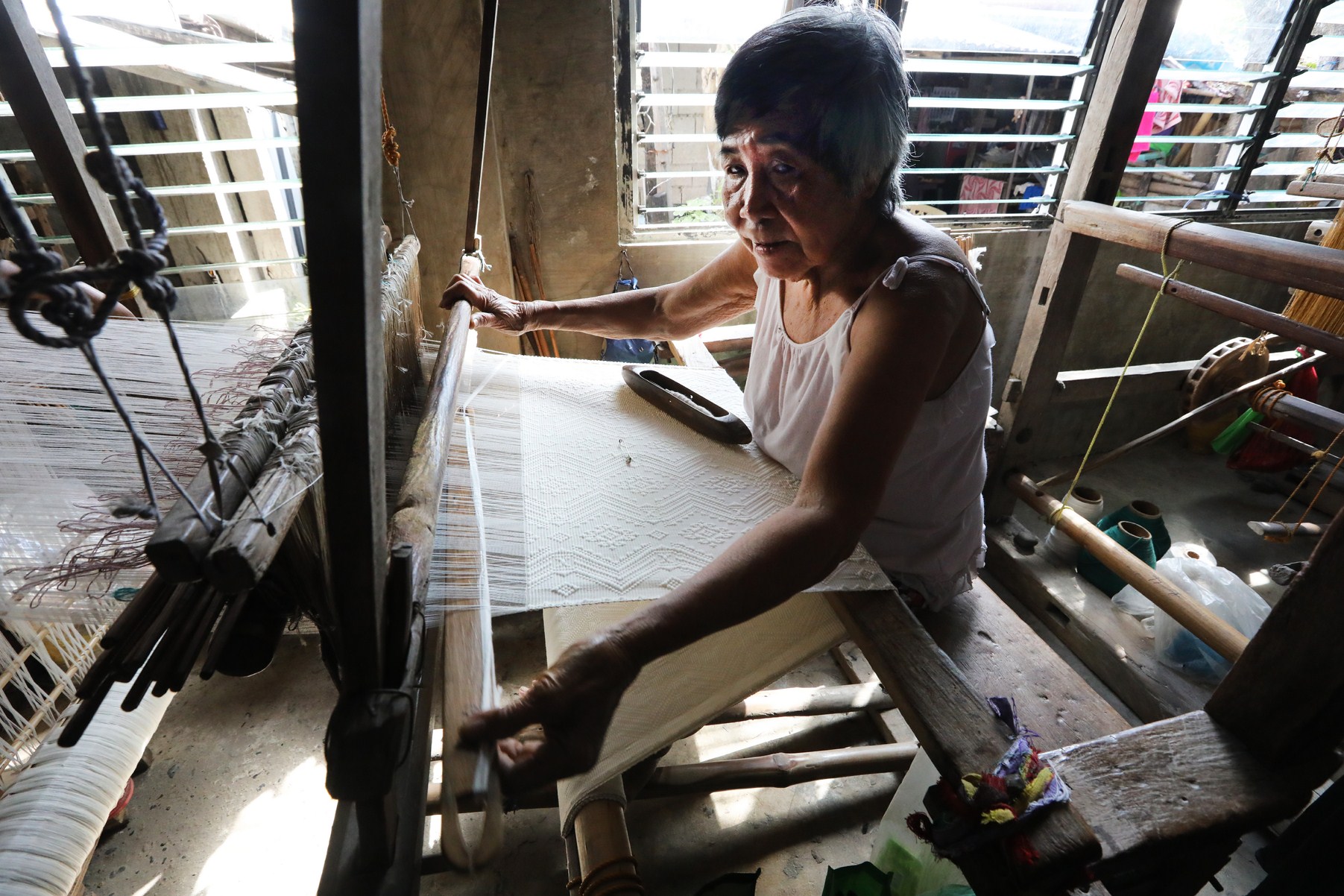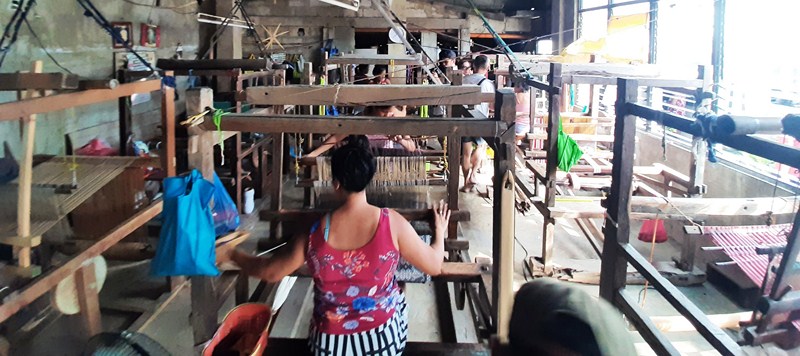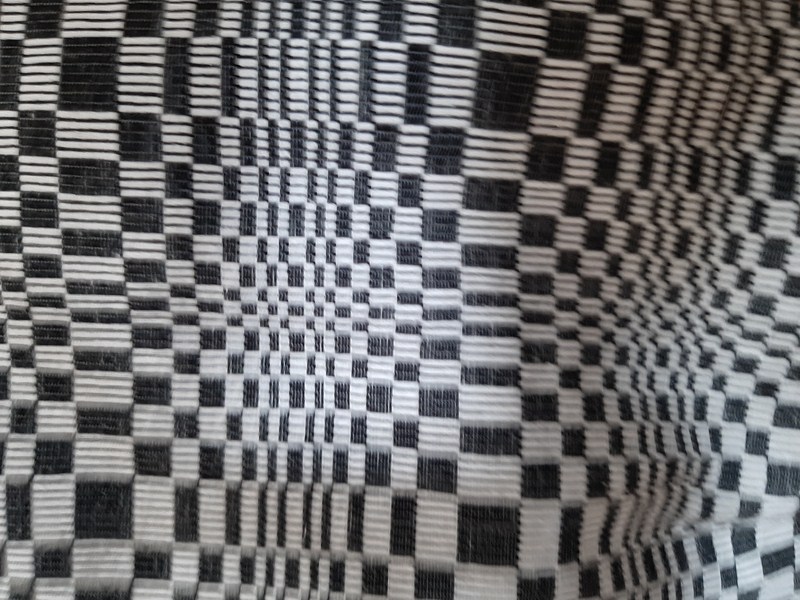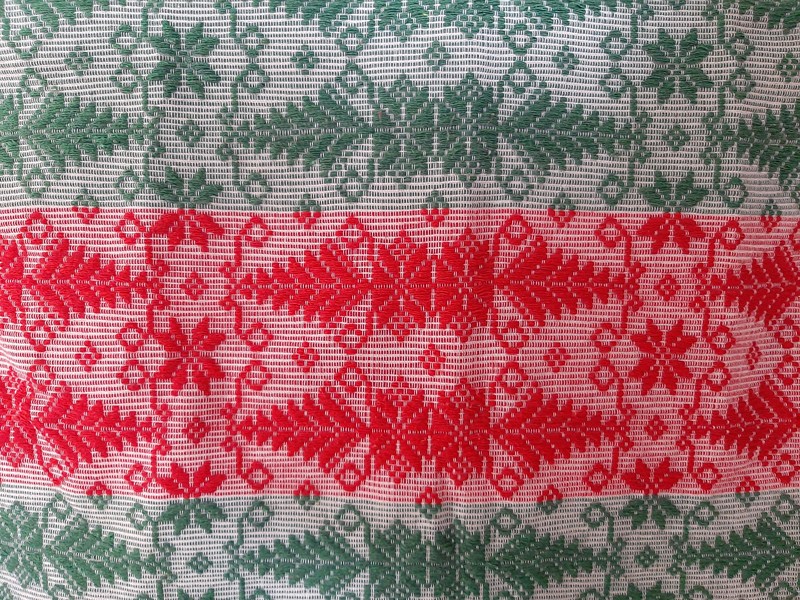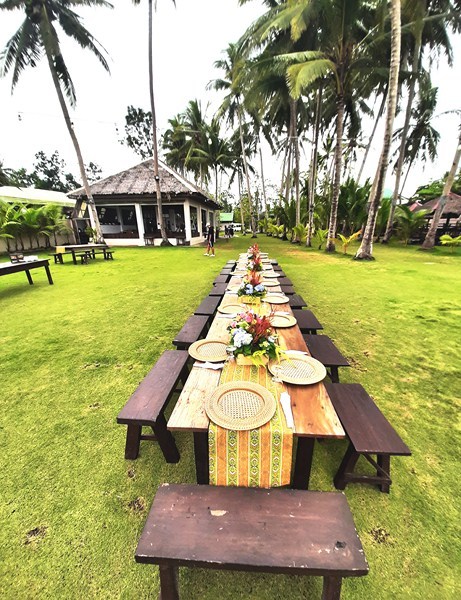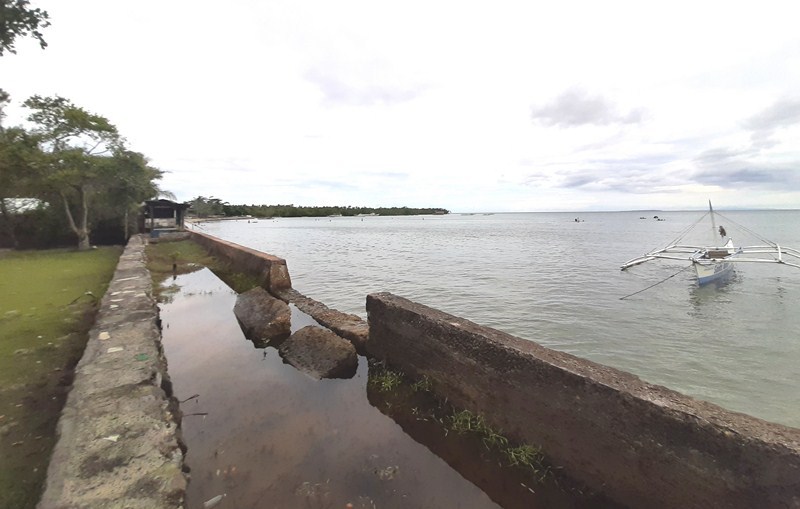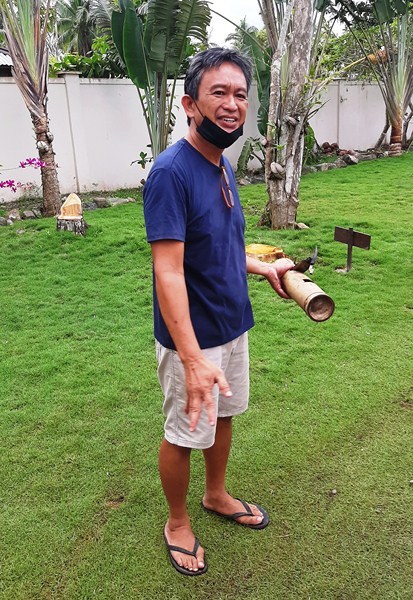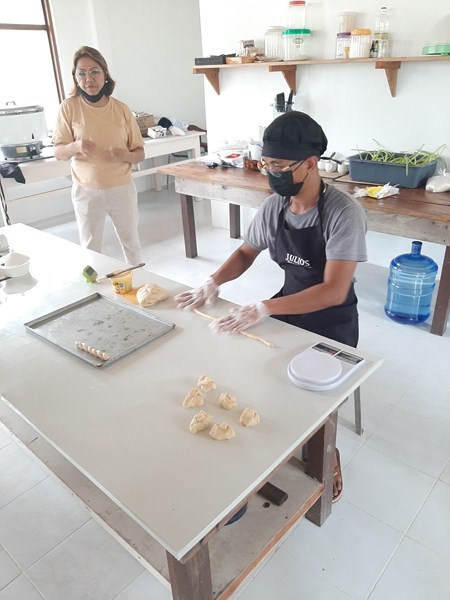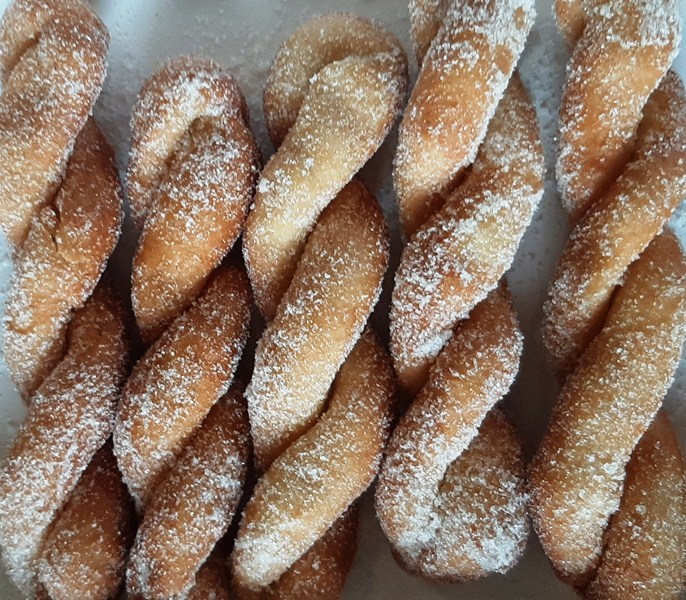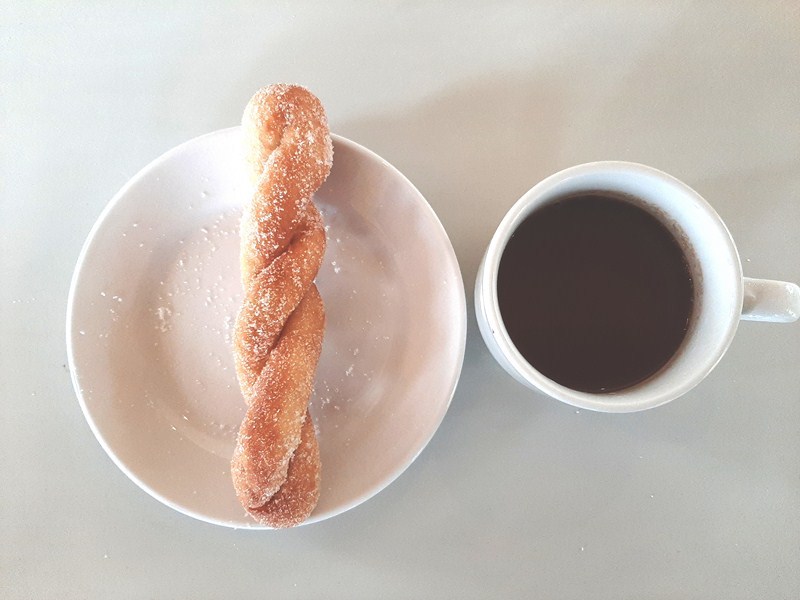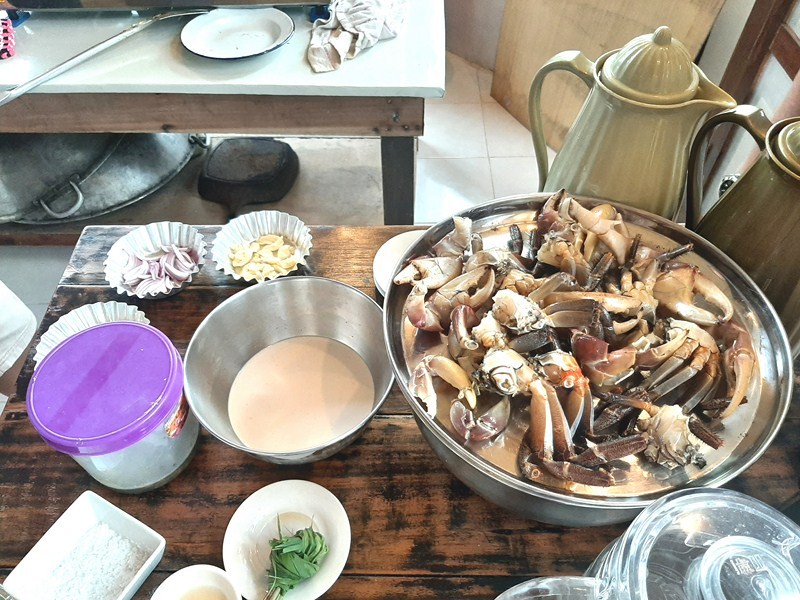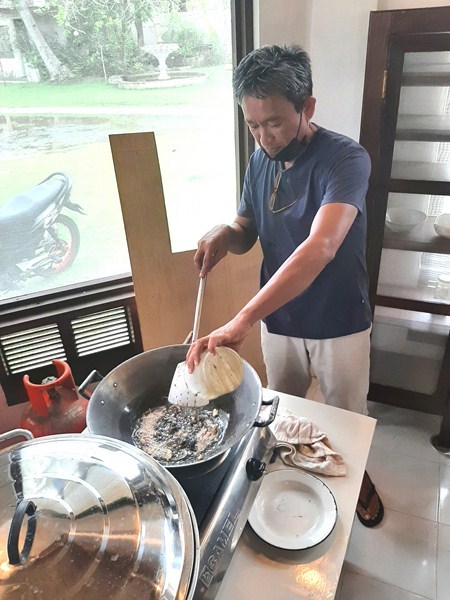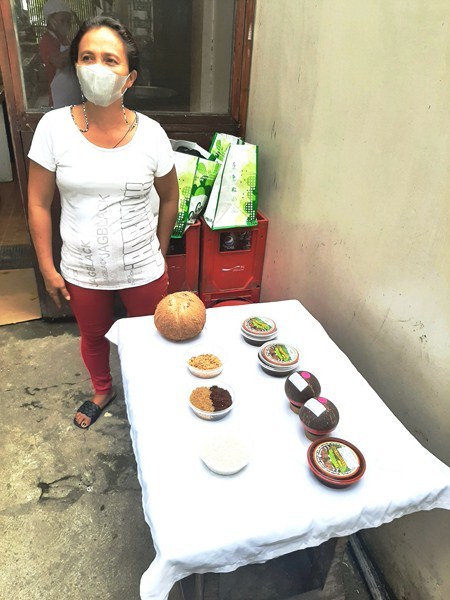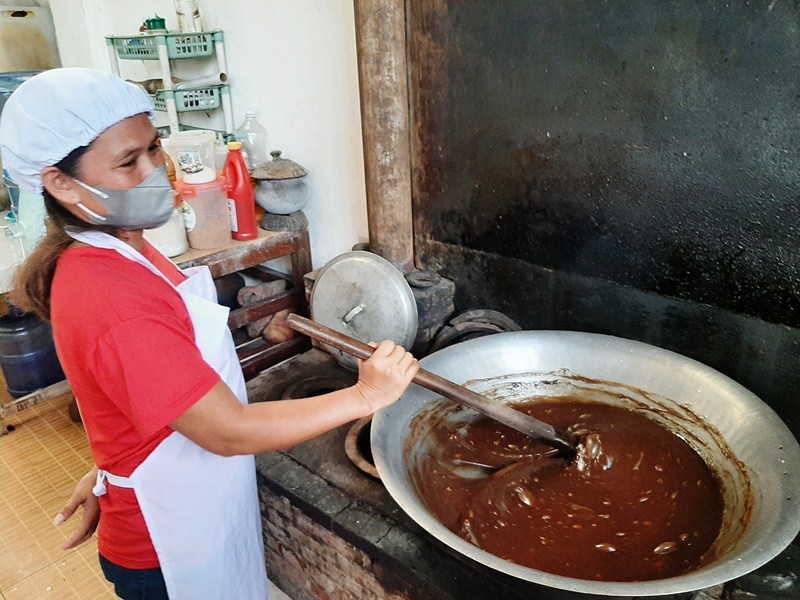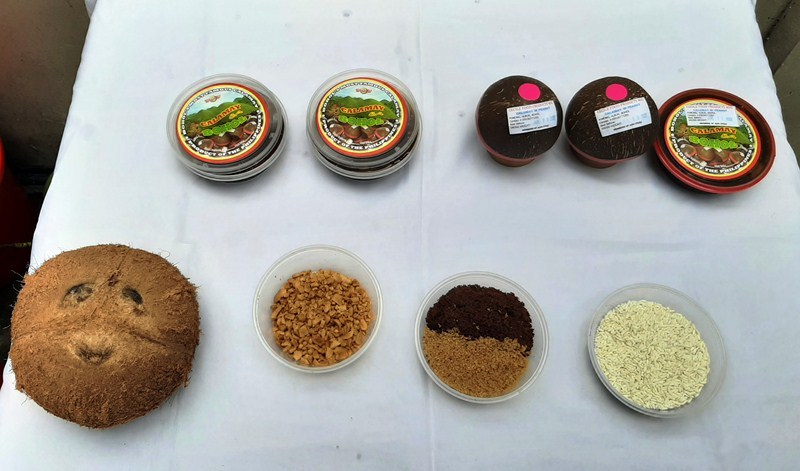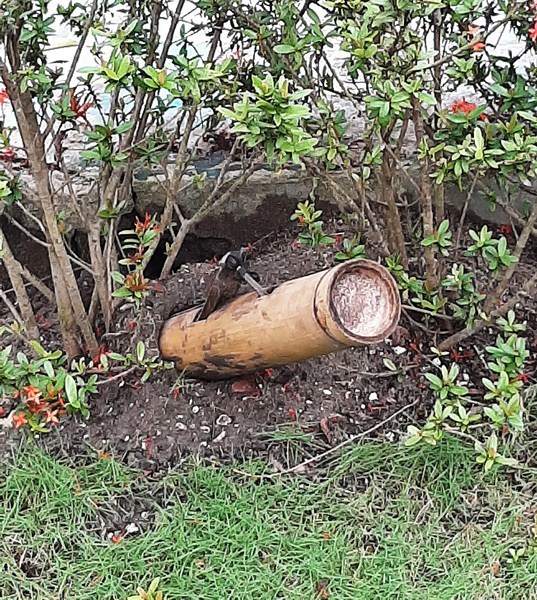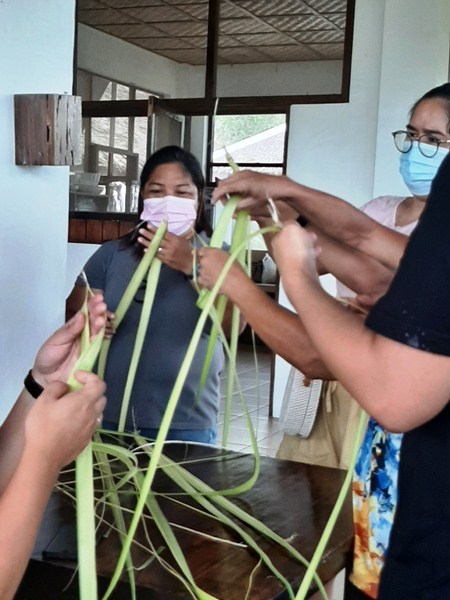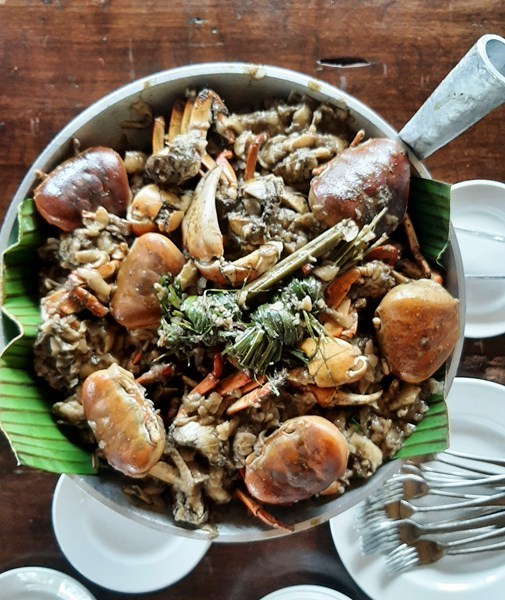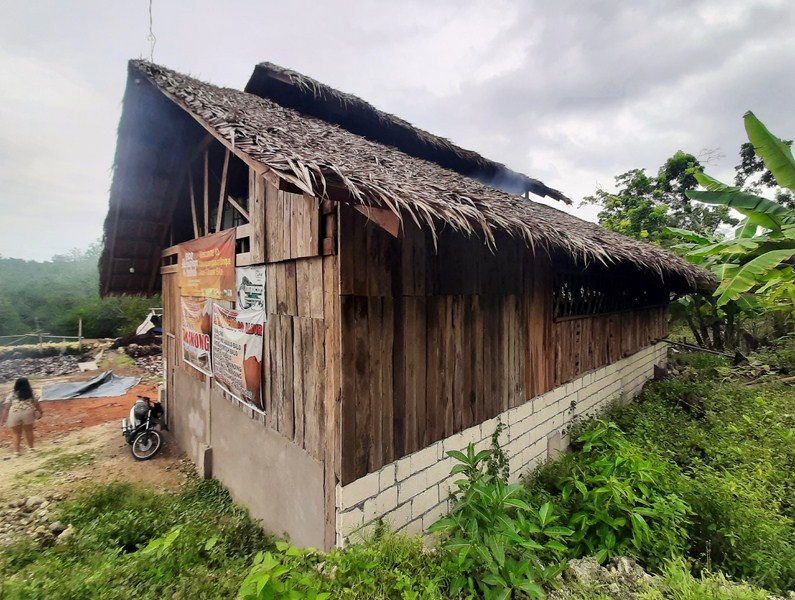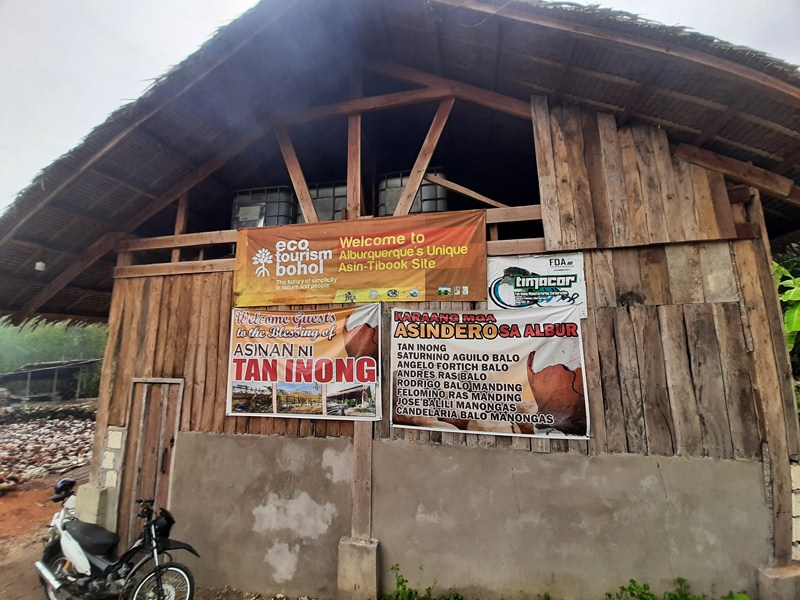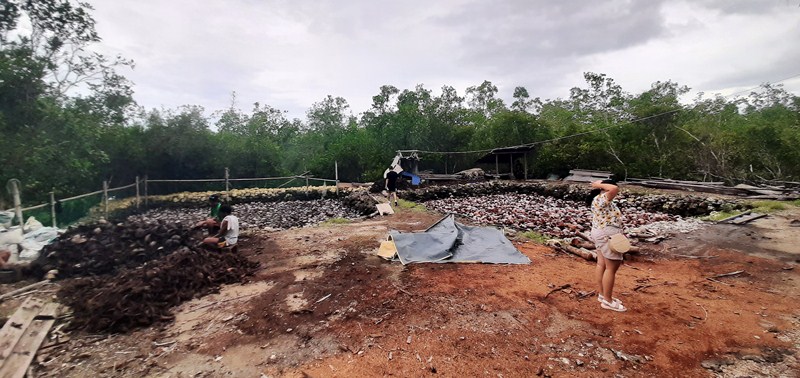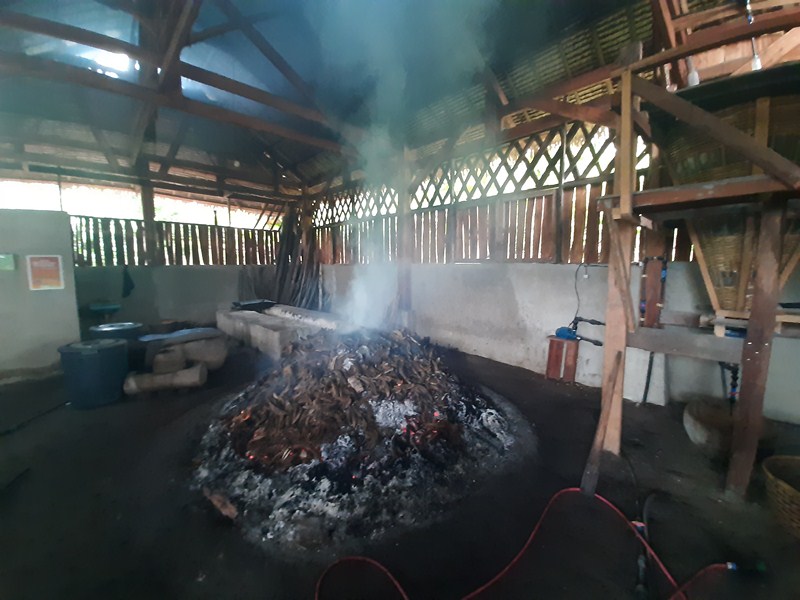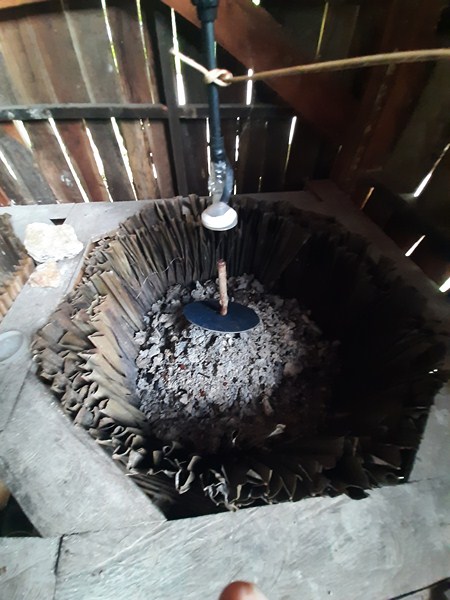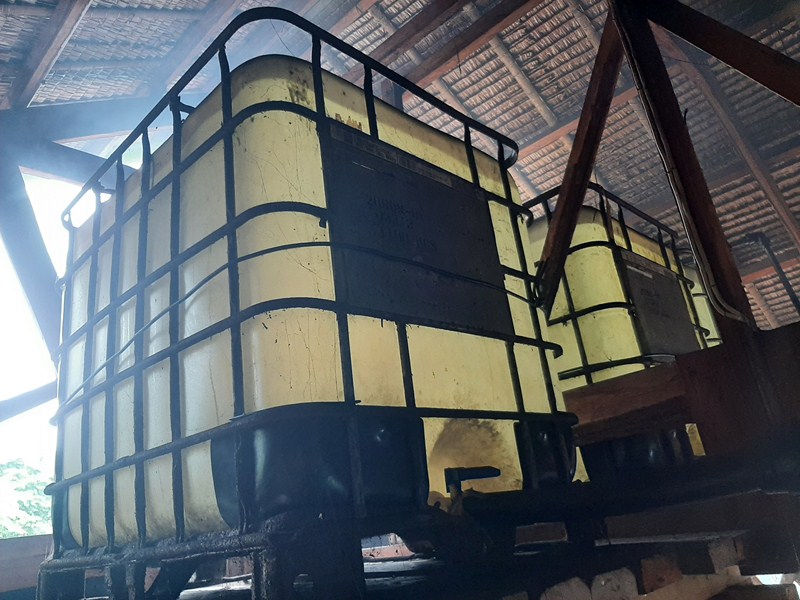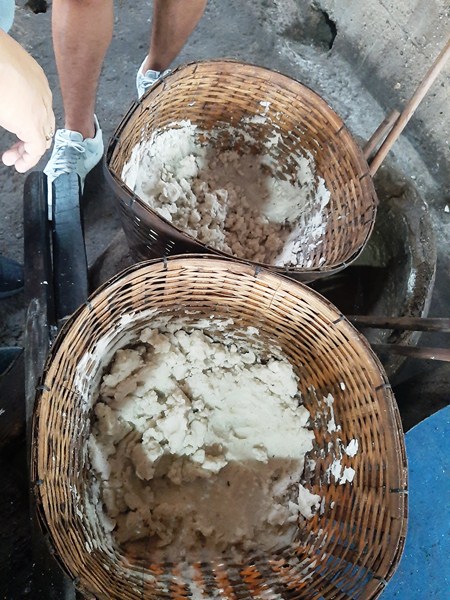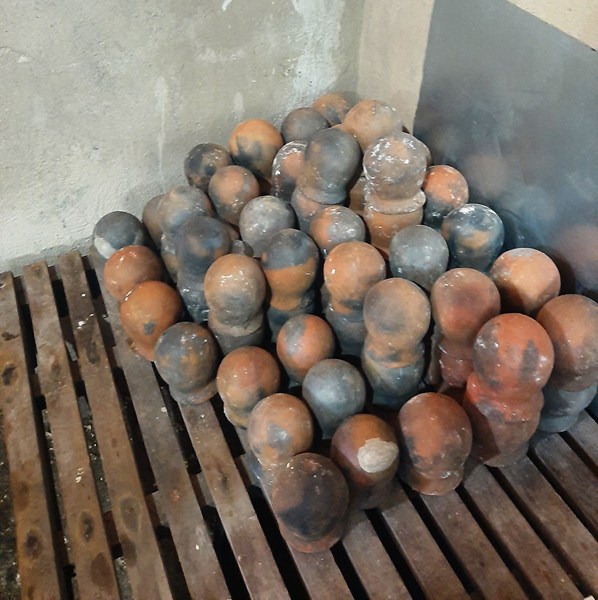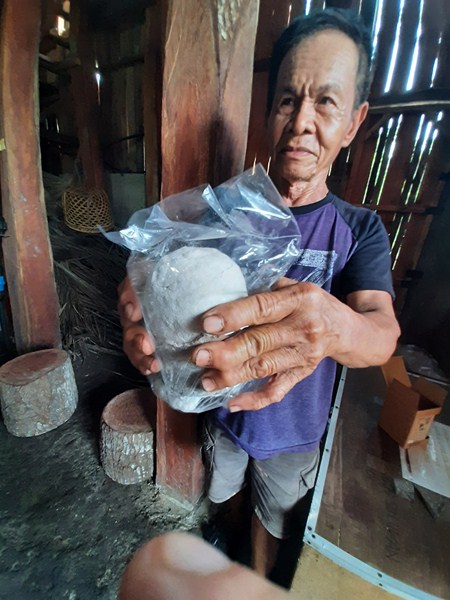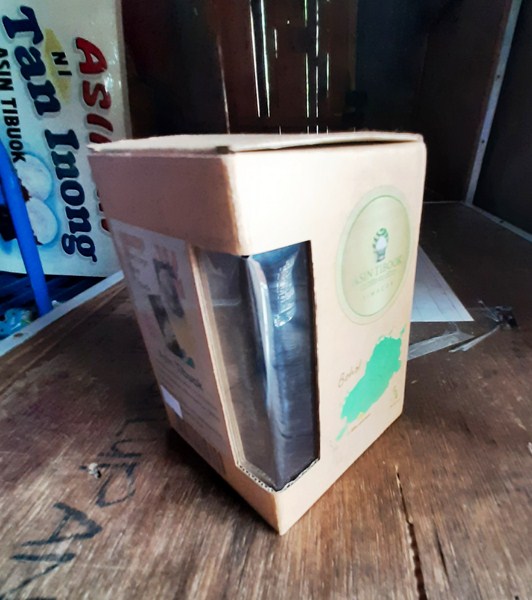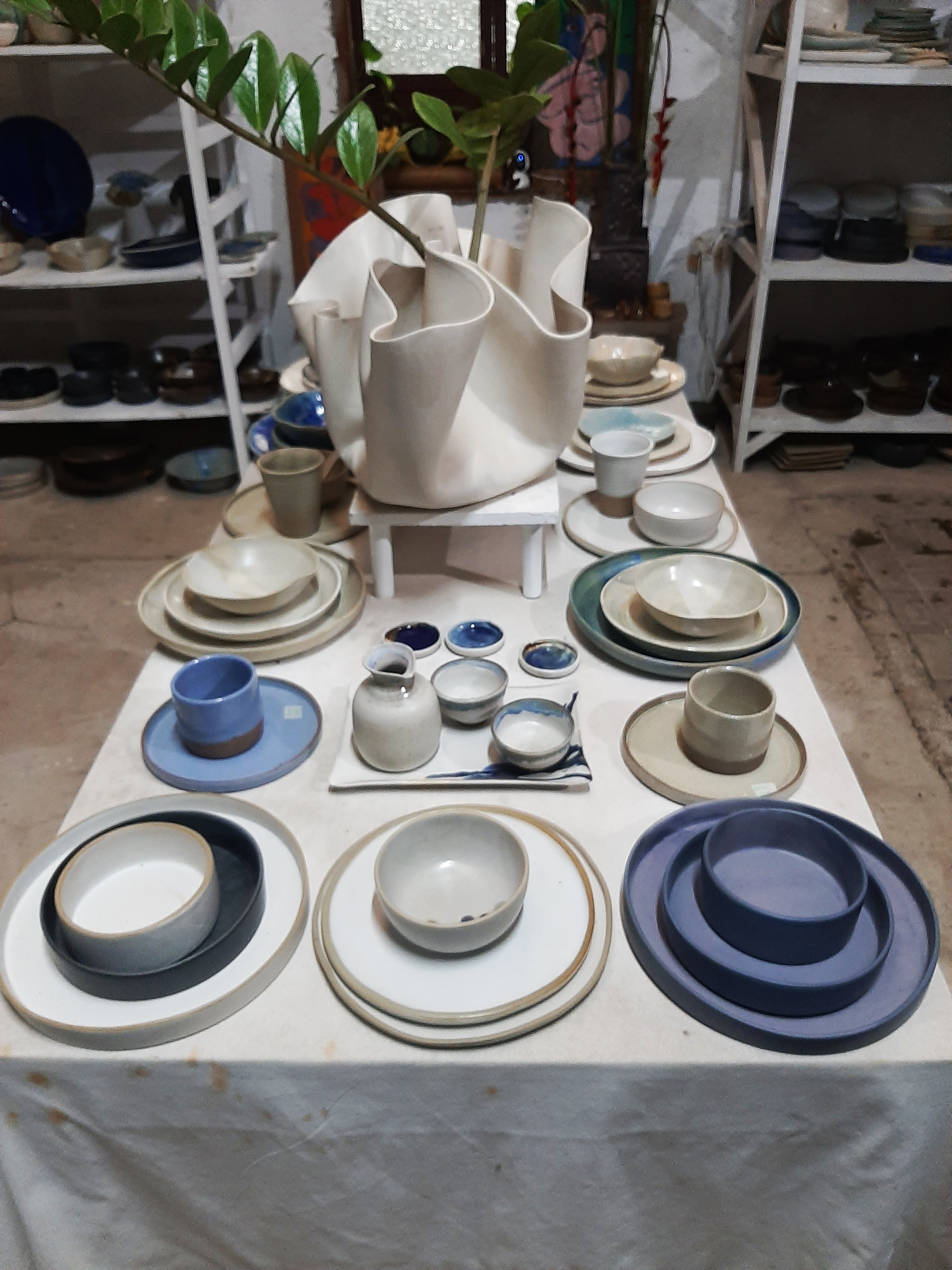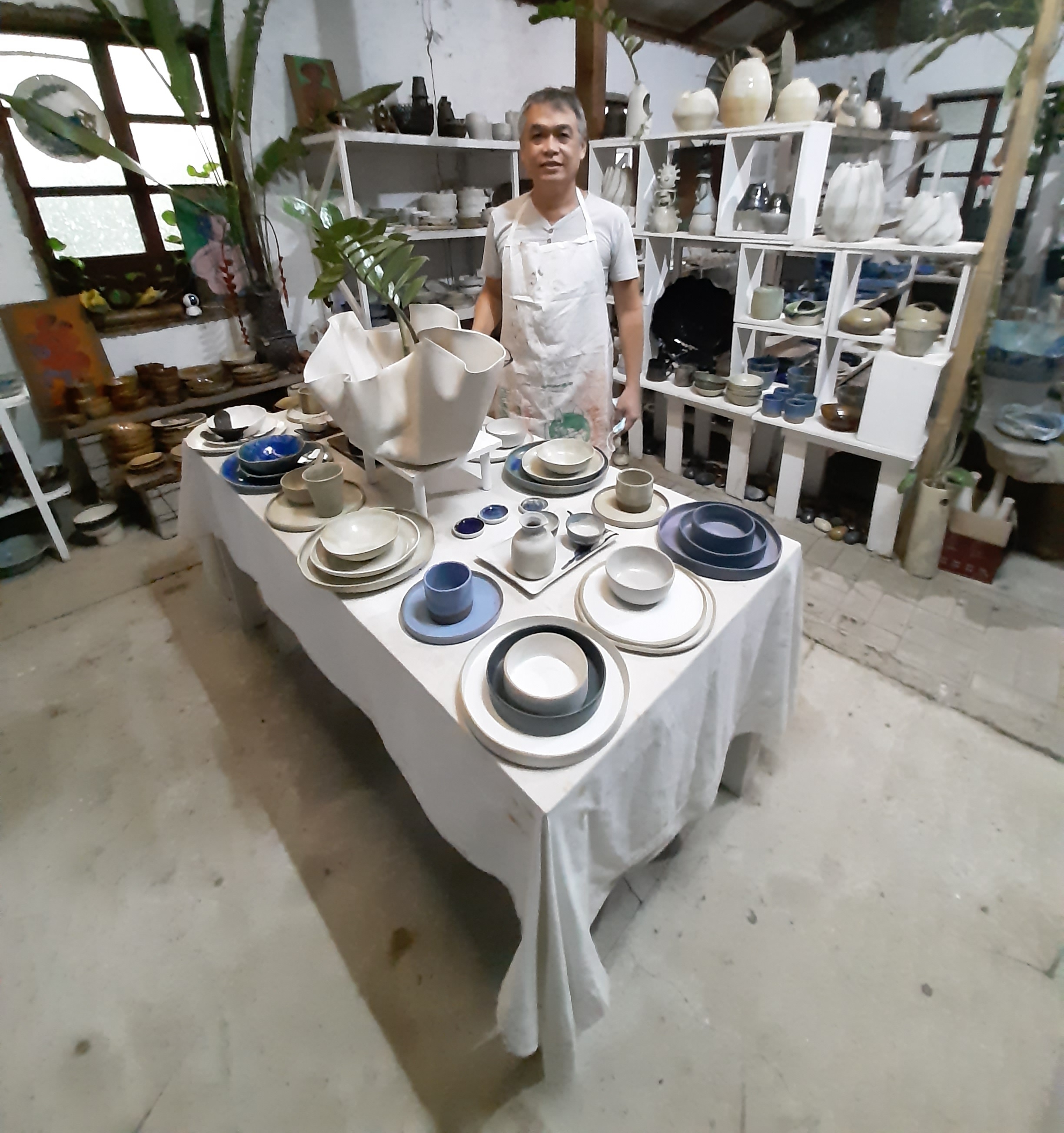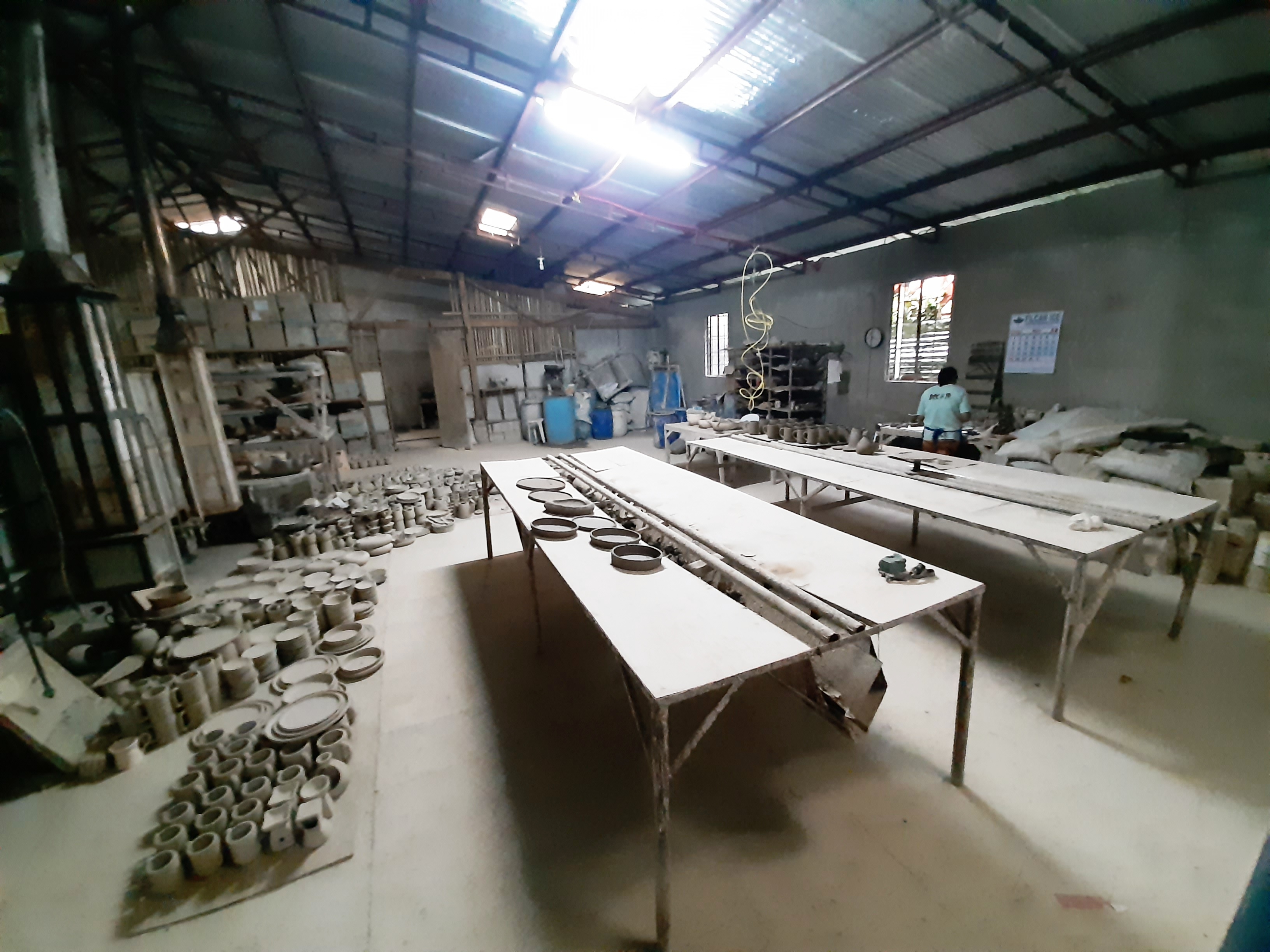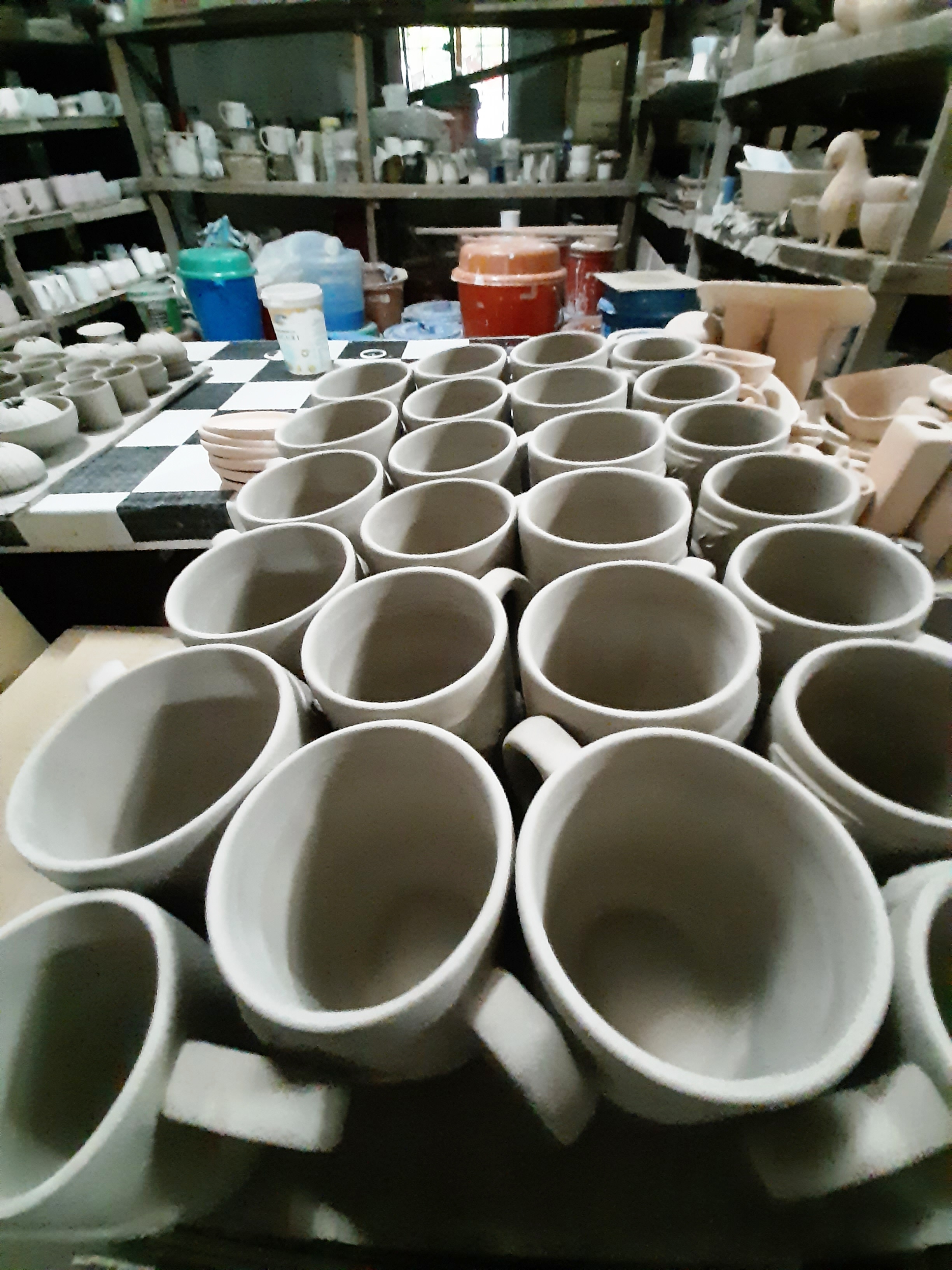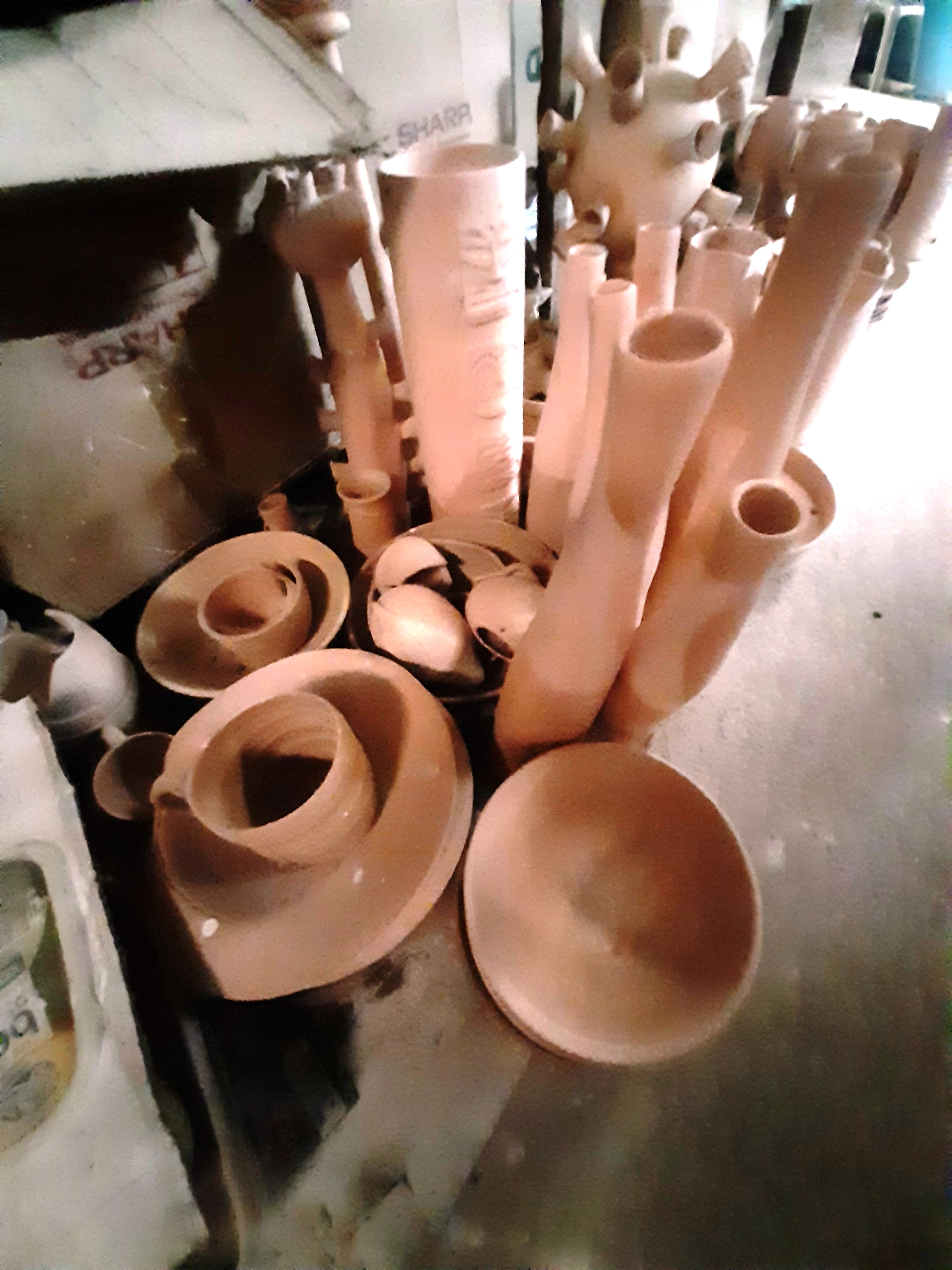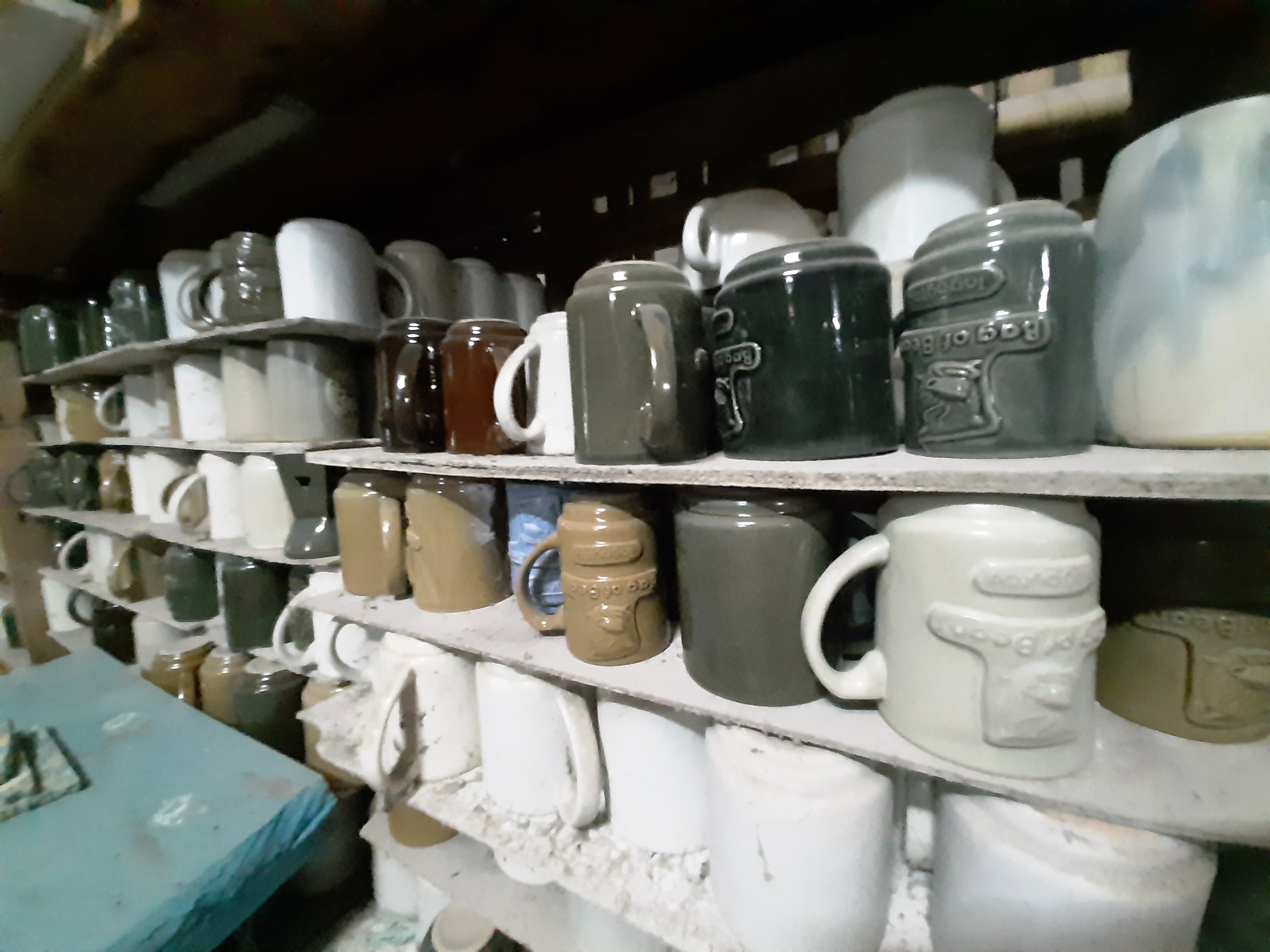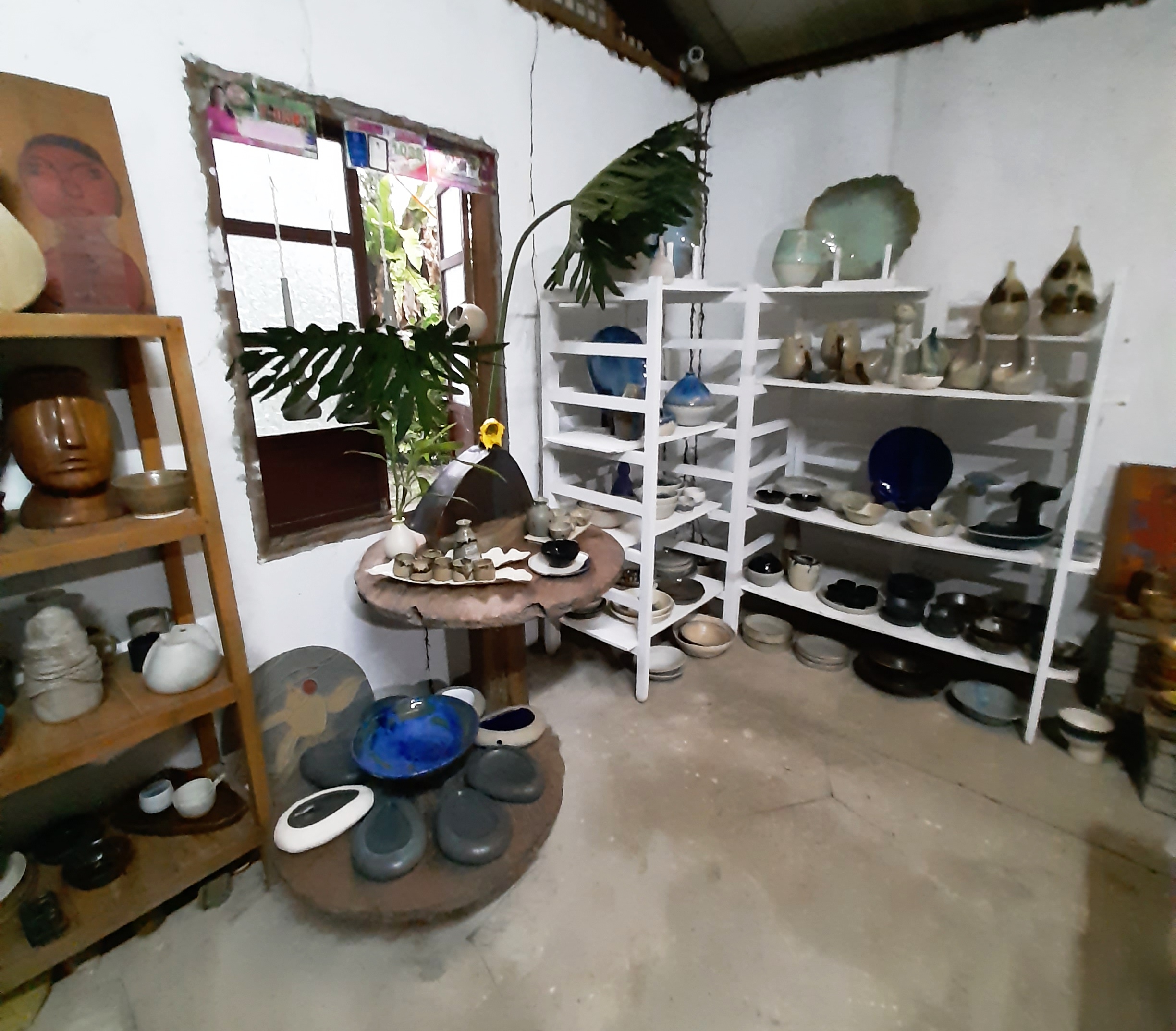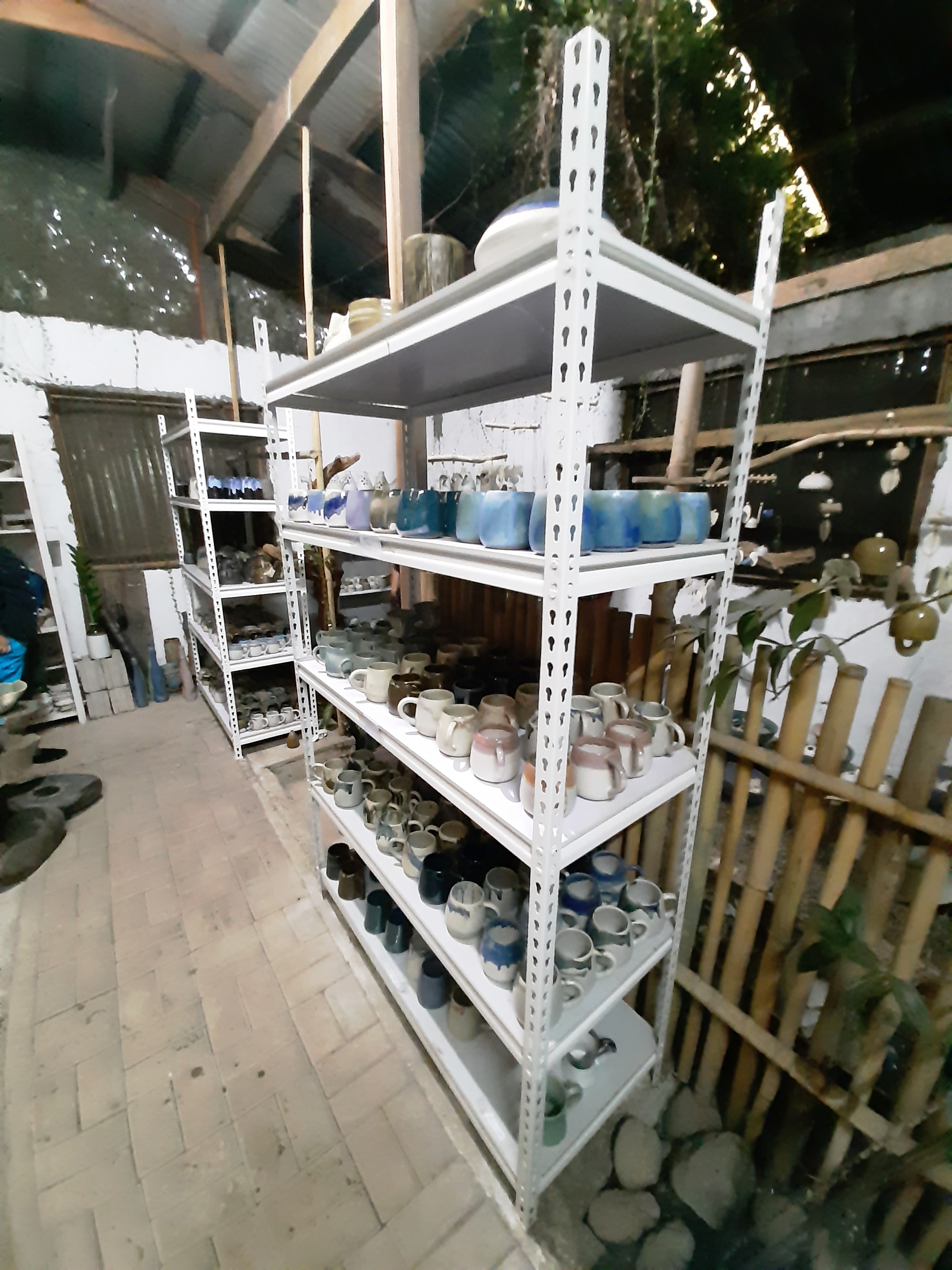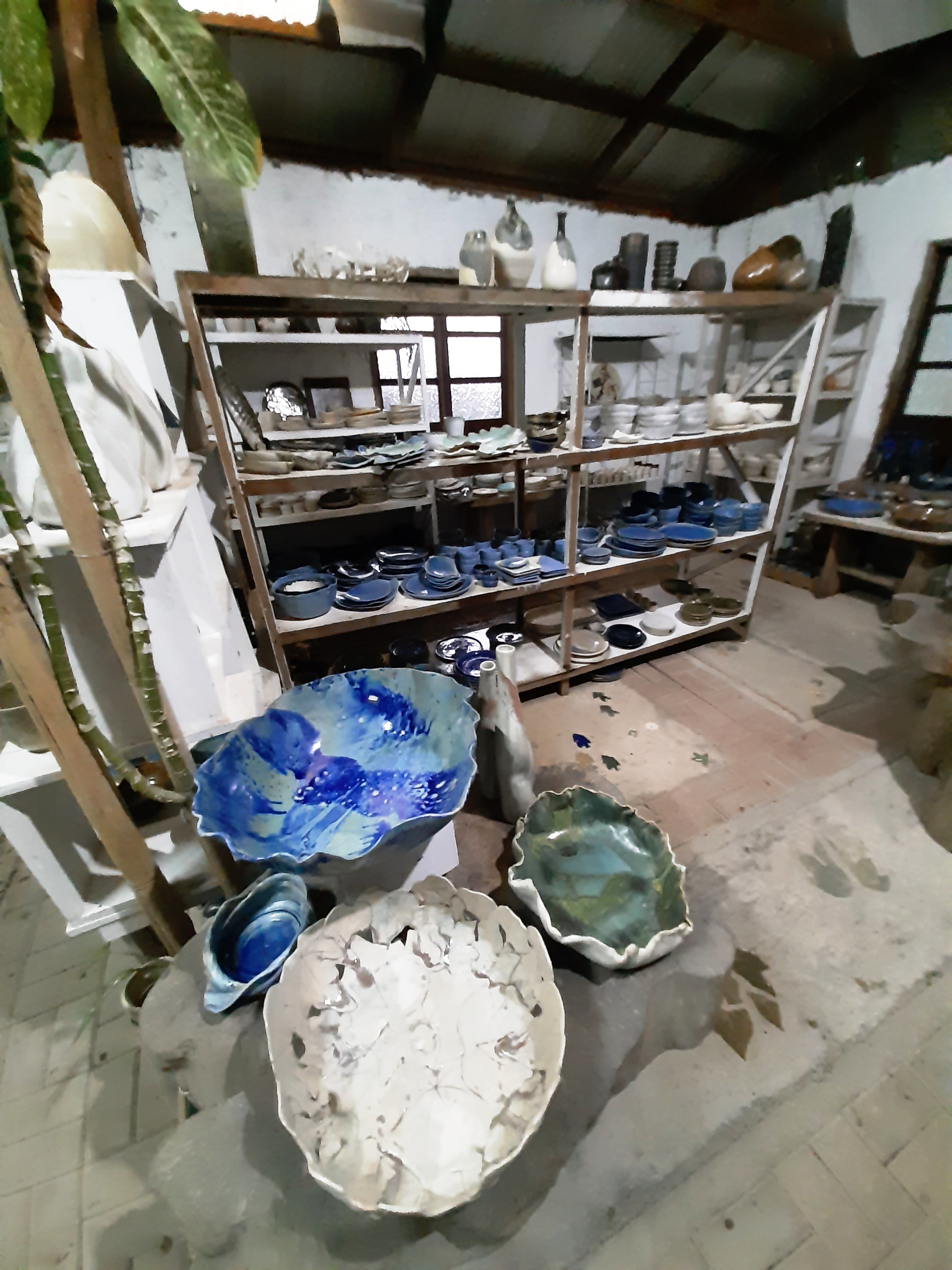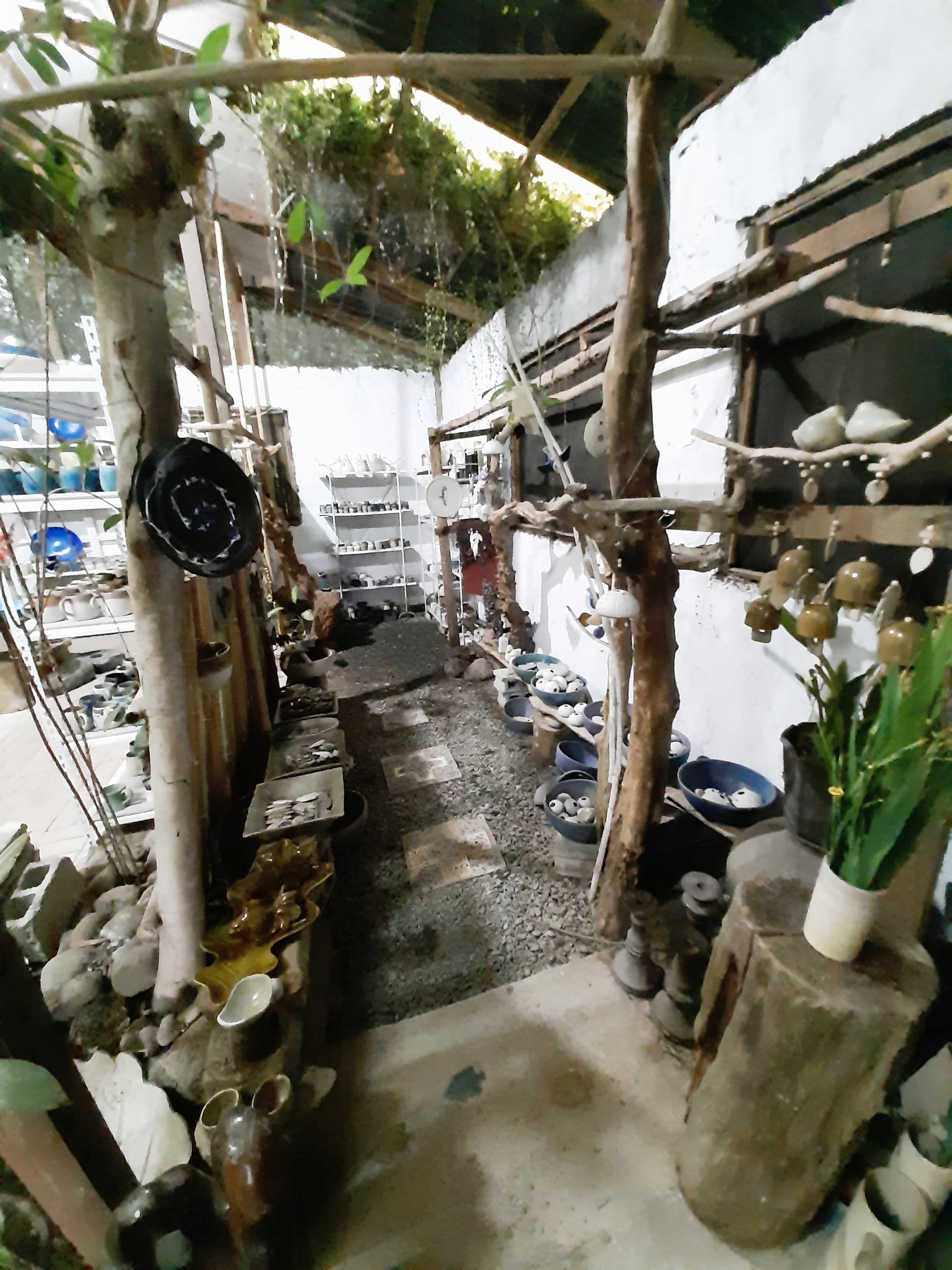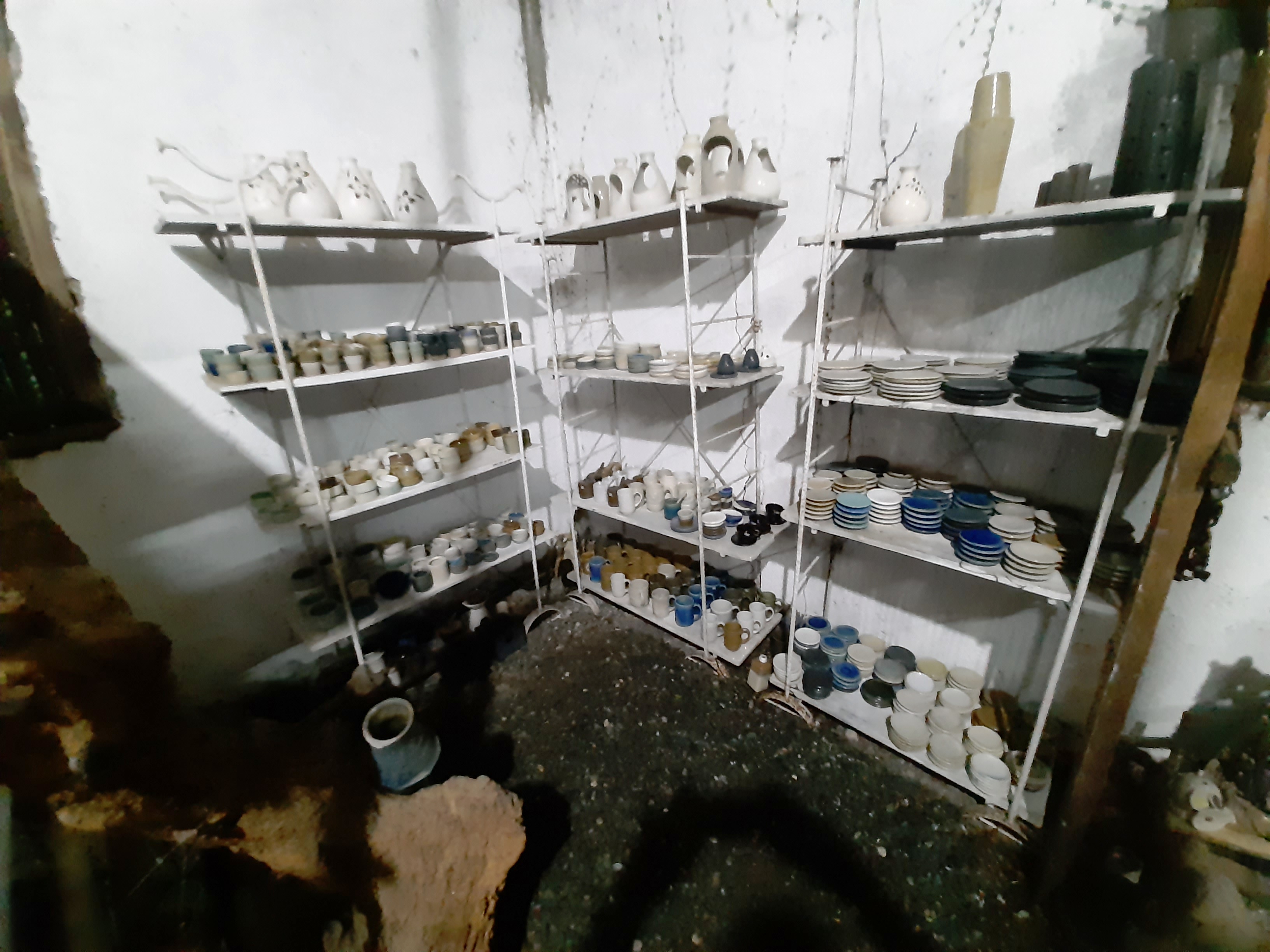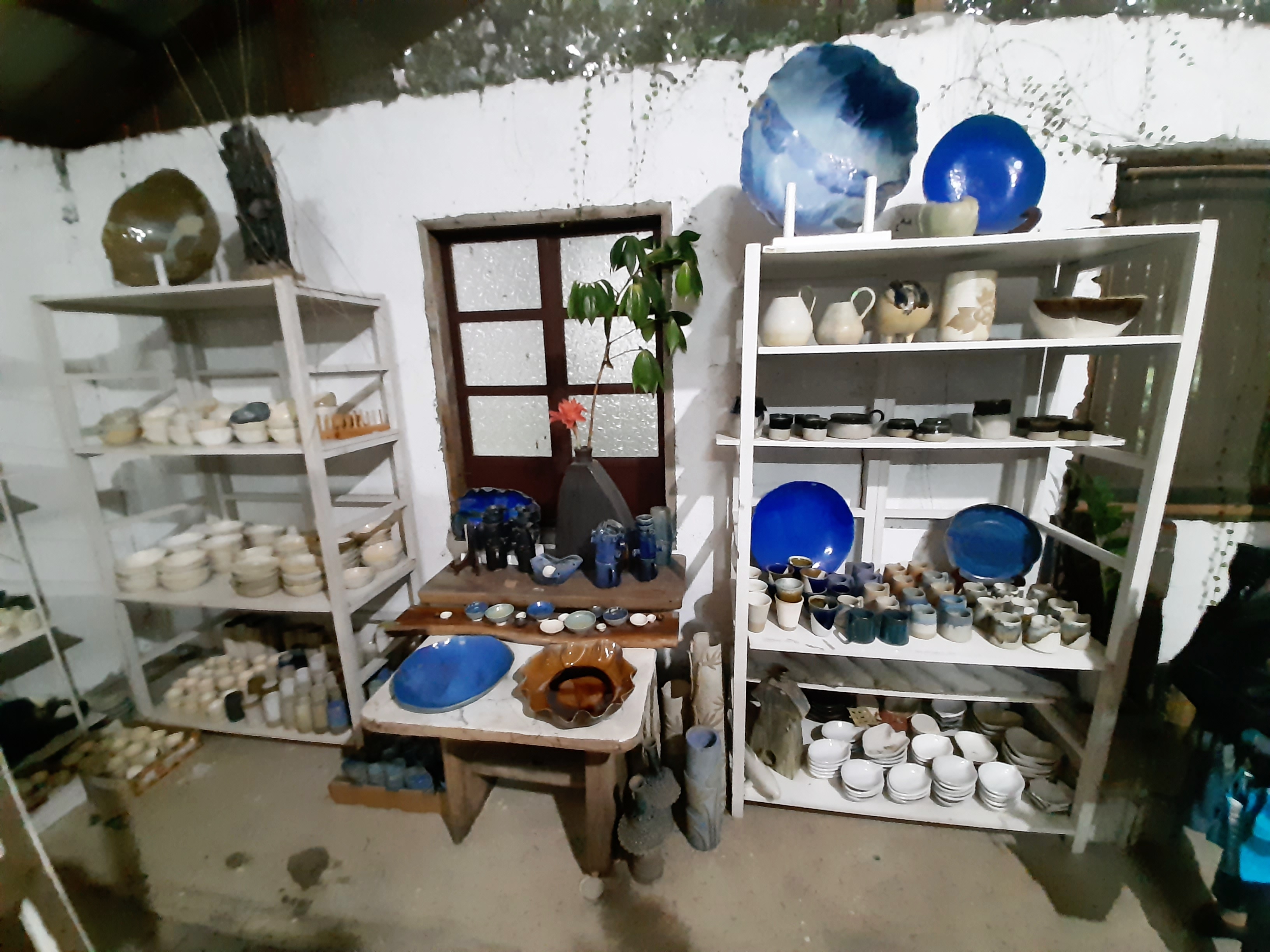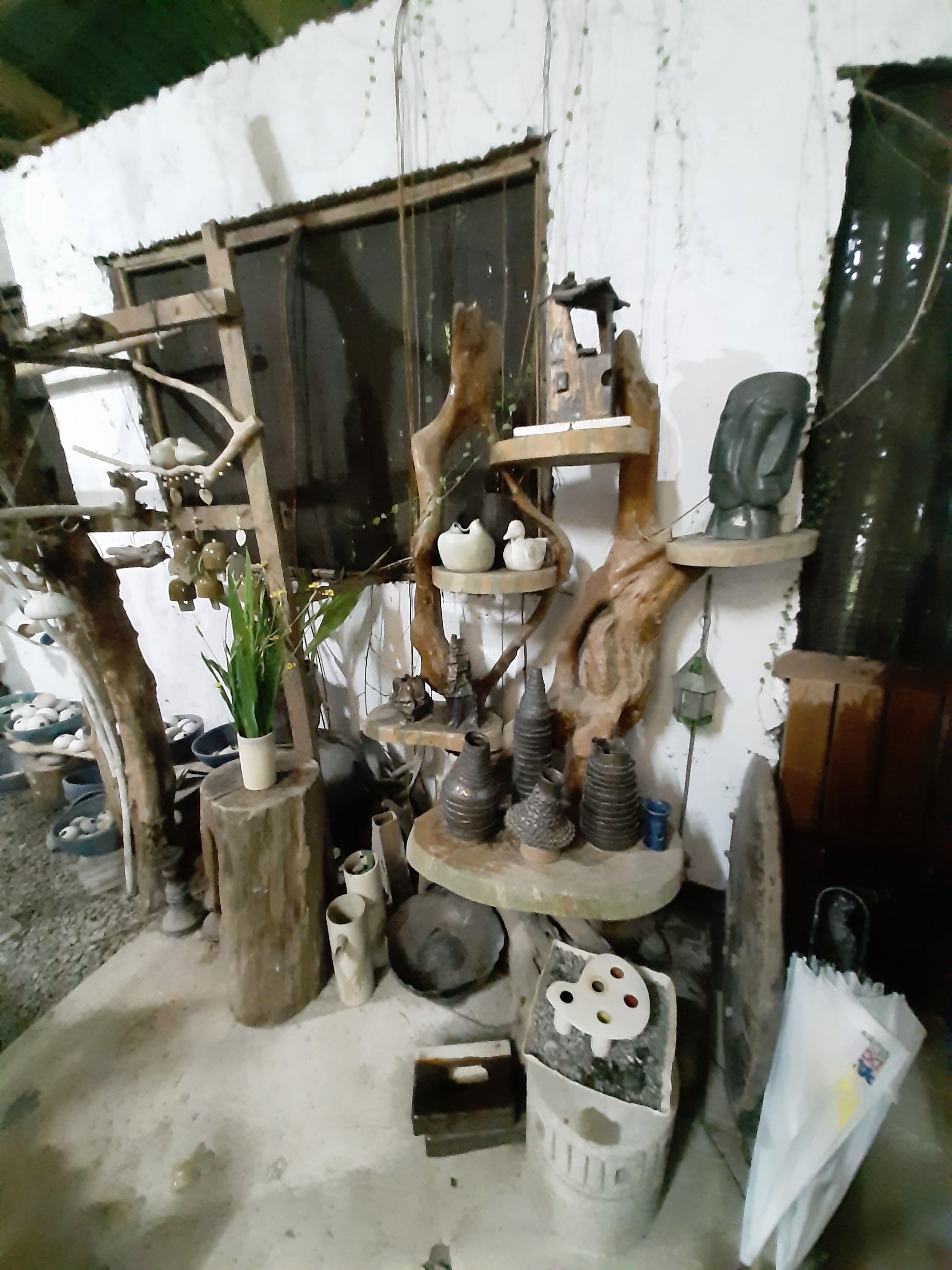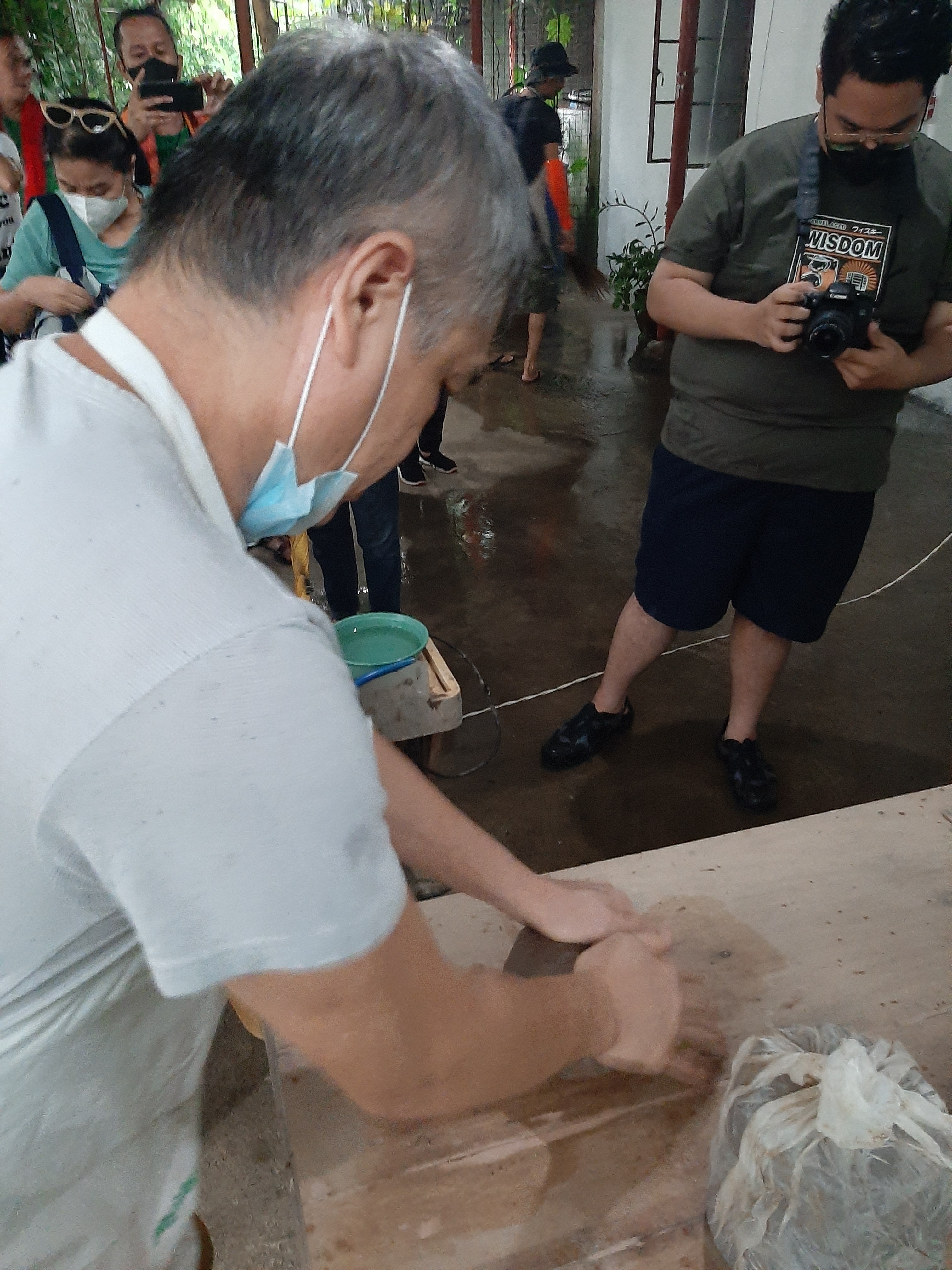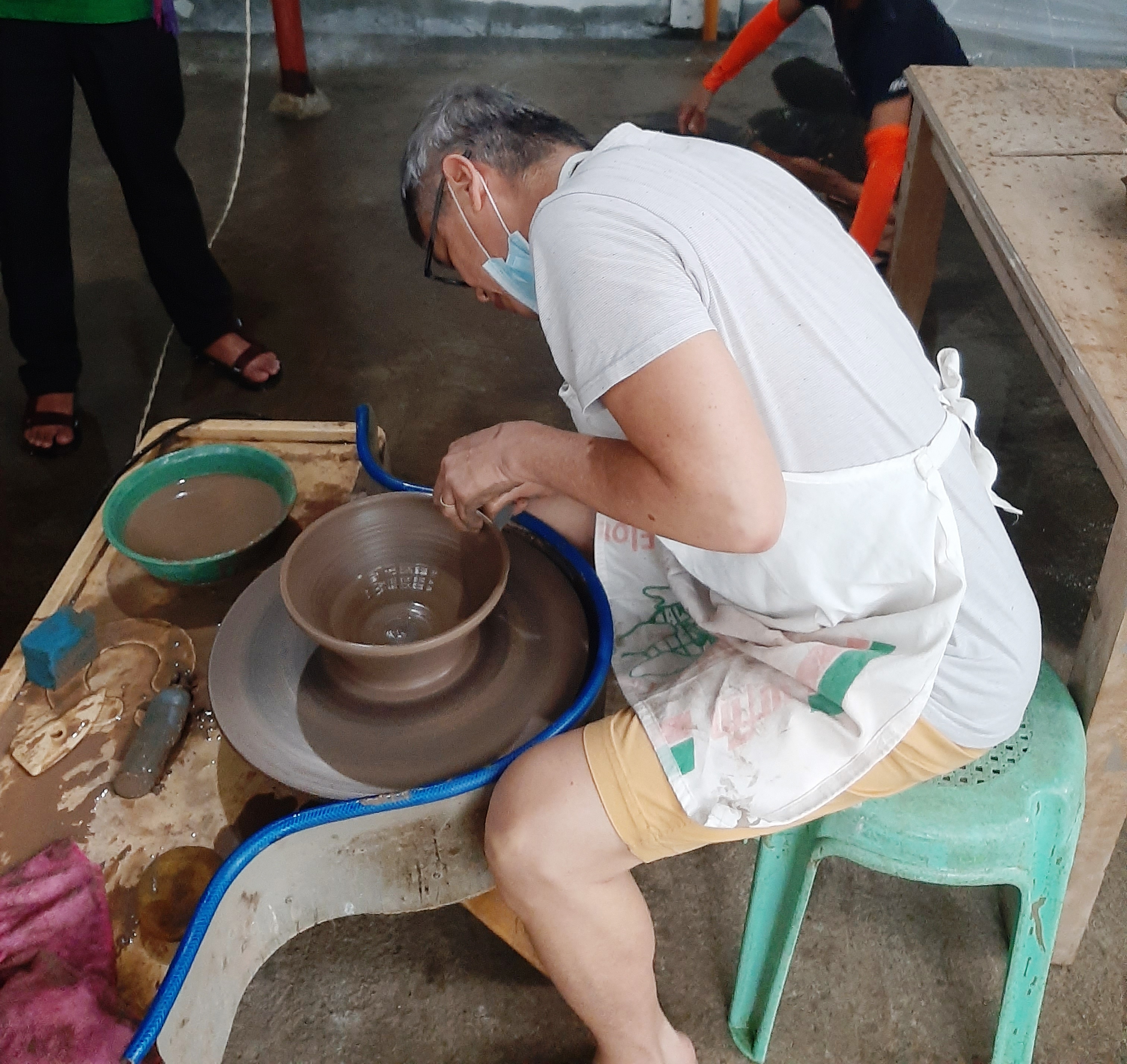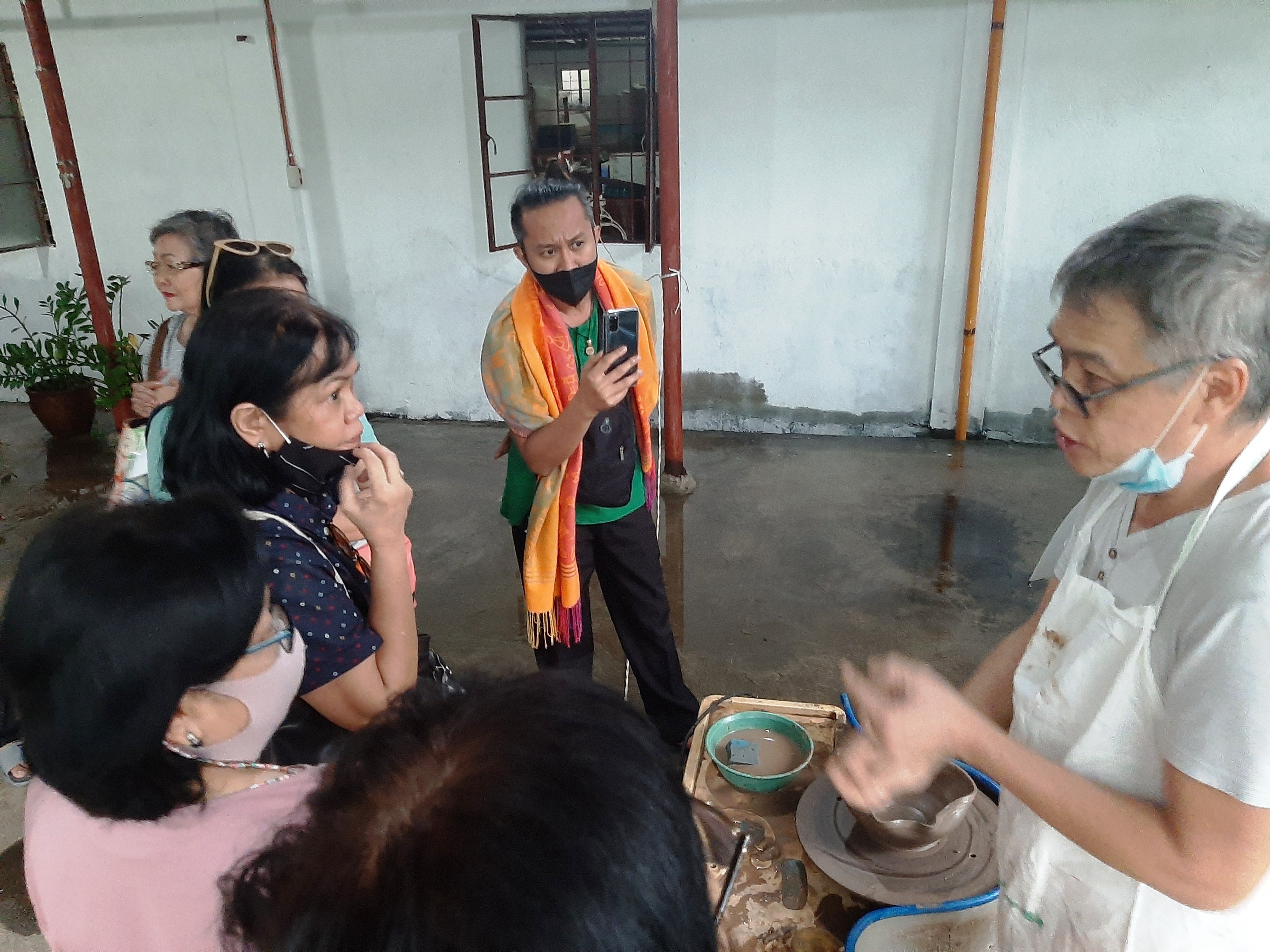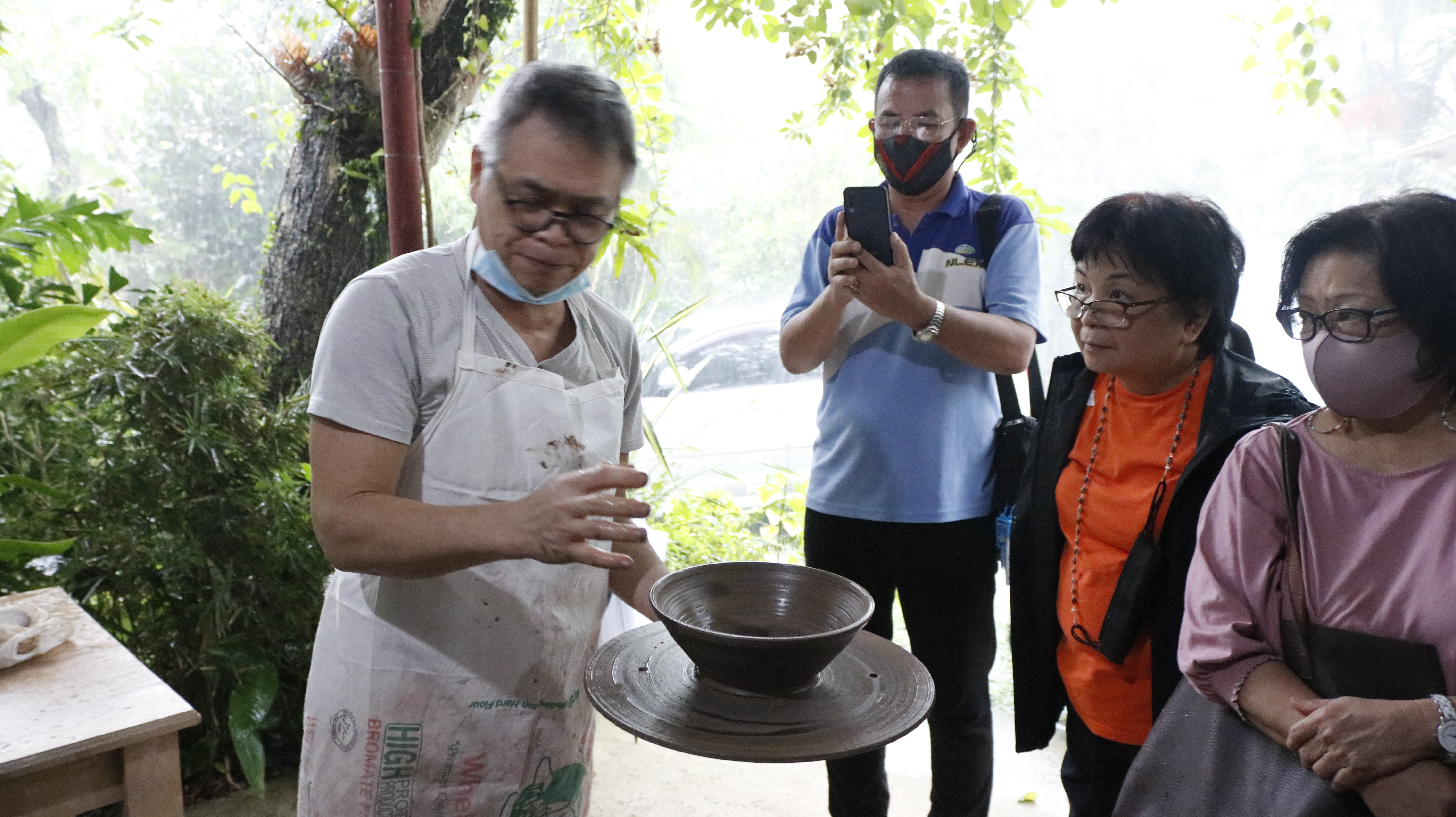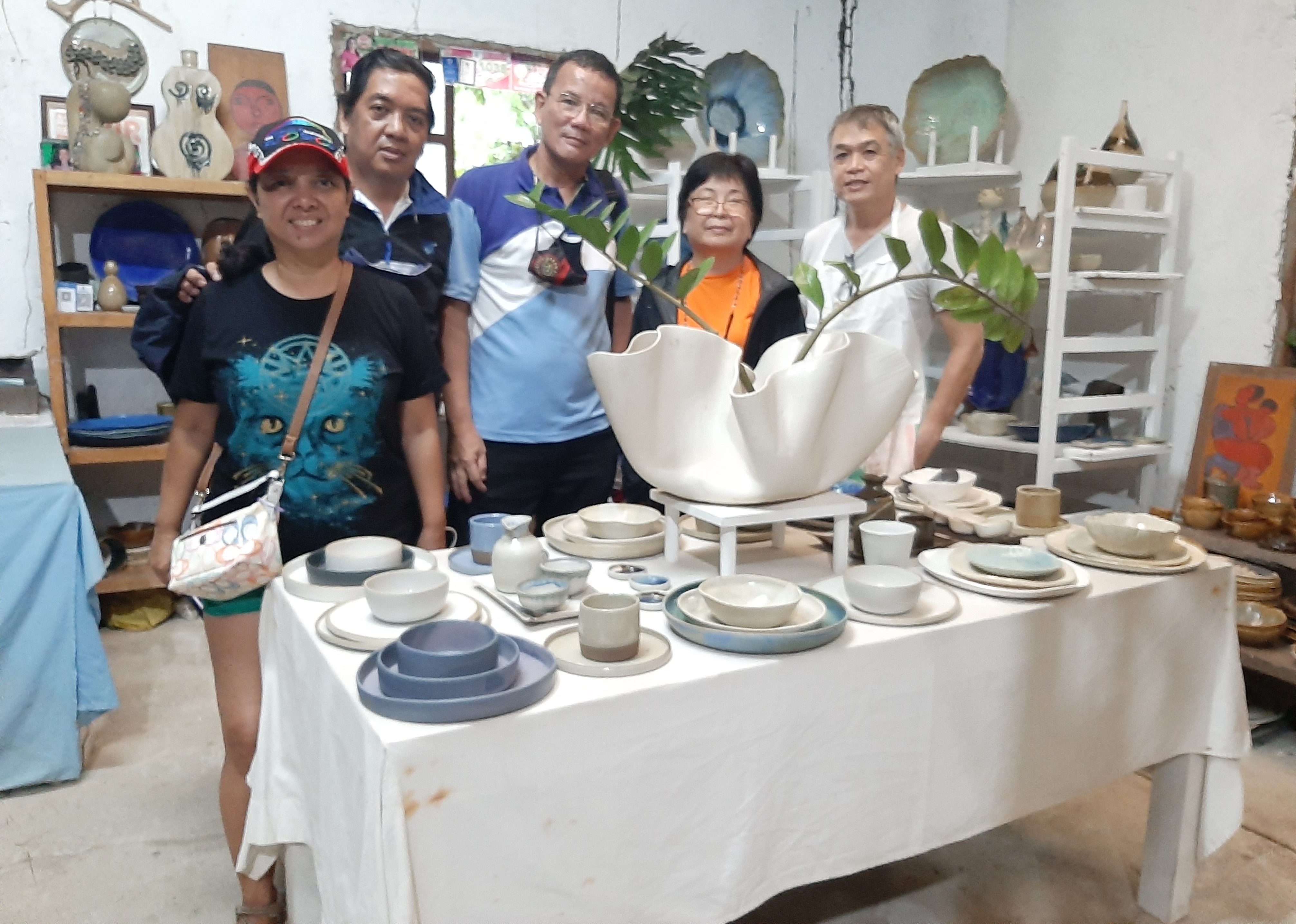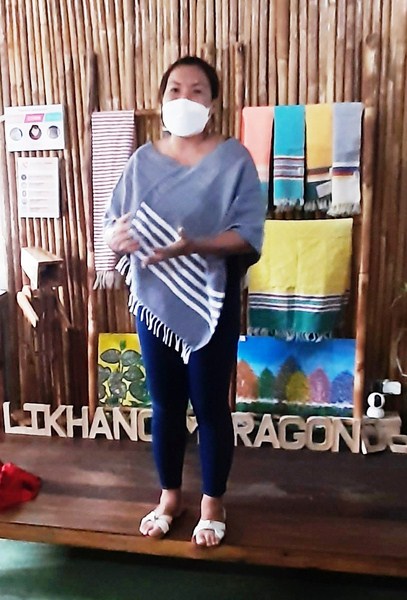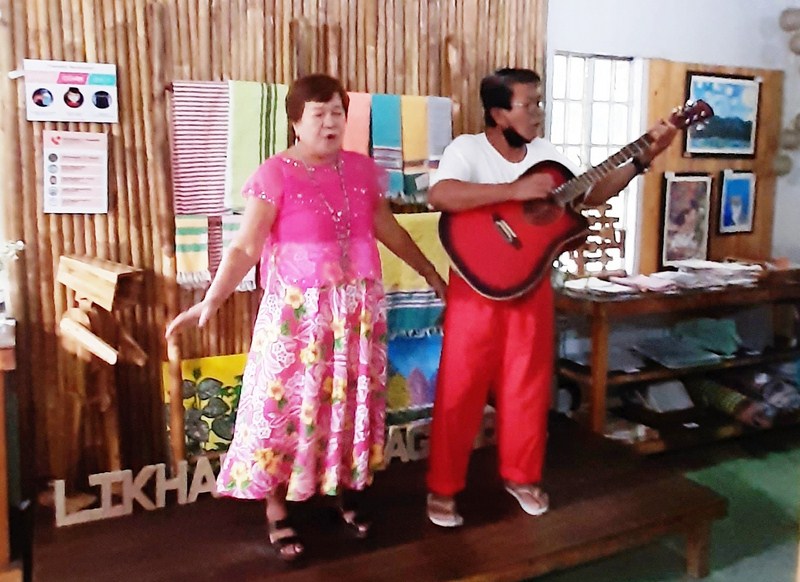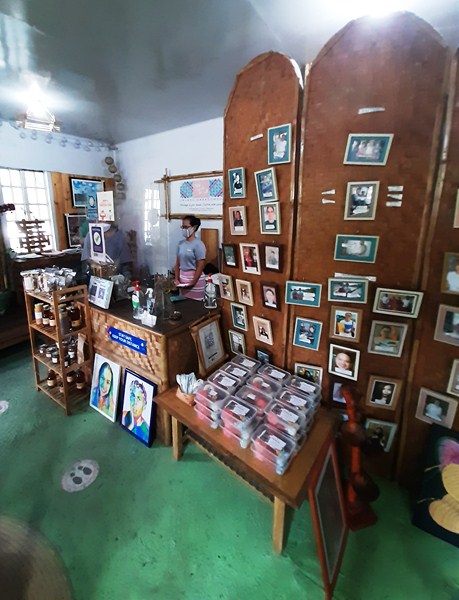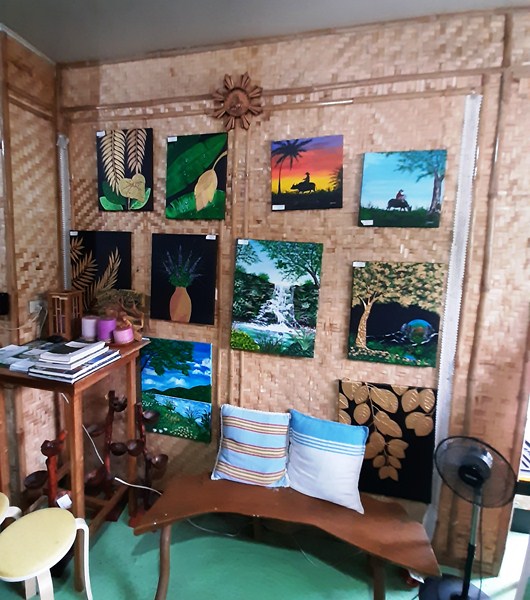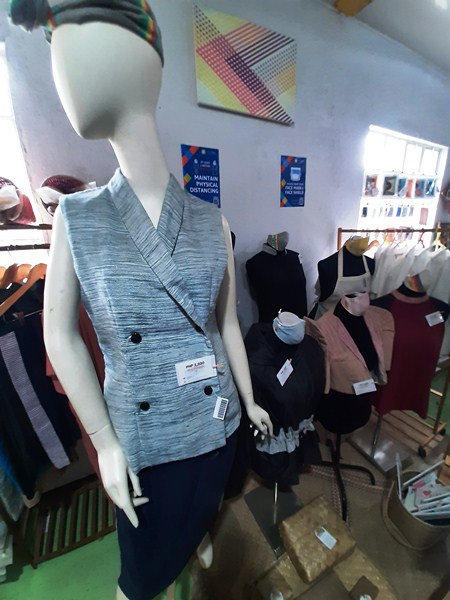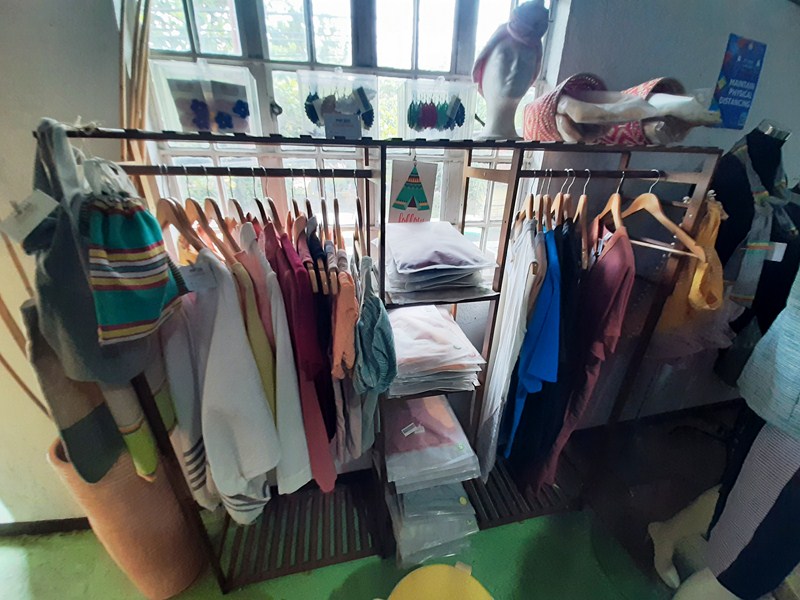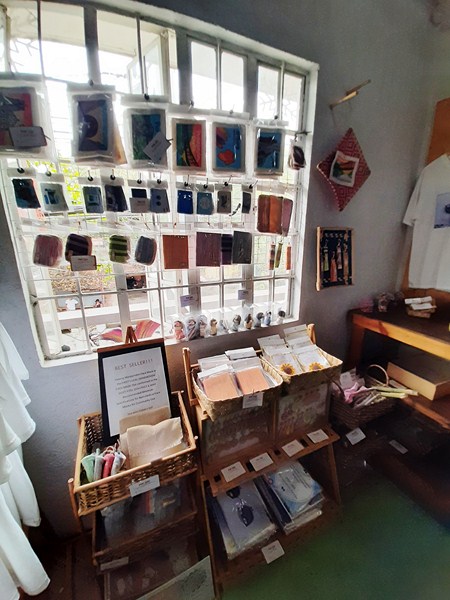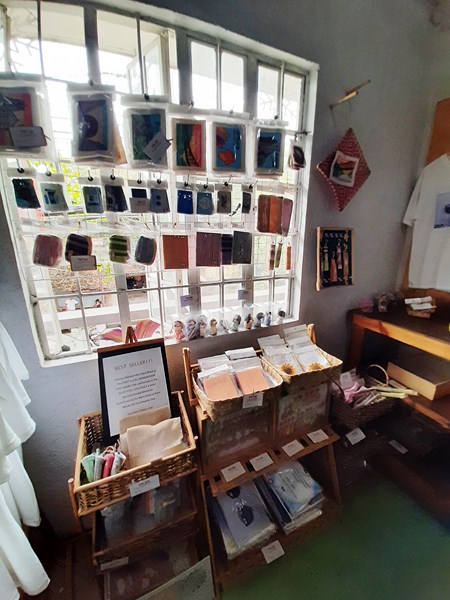On our seventh day in the City of Ilagan, after breakfast in our hotel, we again boarded our coaster for the 8.9 km. (20-min.) drive to the 20-hectare Jeaox Breeding Farm, home to almost a thousand non-native cows (American Brahman, Jersey and Holstein-Friesian) which are cross-bred to adapt to the climate of the country. It has been in operation for almost three years but only started its dairy operations in July 2023.
Upon arrival, we were welcomed by Ms. Bernadette “Bea” Bayabo, the farm’s General Manager. Jeaox Farm has two cow sheds – one for fattening American Brahman cows, which are raised for their meat, and the other for almost 200 cross-bred Holstein-Friesian cows which are bred for its milk. It produces an average of about 1,000 liters of milk per day. Currently, the farm has 70 employees, 30 of which are in dairy production.
Cows here wear visual ear tags to better manage the herd, keep accurate records and make decisions for herd management. Each tag has its own number and code with information on its sex, year of birth, type of breed and health history.
Most of the cows that arrive in the plant are pregnant. To increase their numbers, sexed semen (or sex-sorted semen) technology is used for artificial insemination in the farm to produce cross-bred females. It is produced using a flow cytometry and sorting process, or via another process, that selectively destroys sperm cell carrying undesirable chromosomes.
The farm’s herringbone-type milking parlor facility is capable, at a time, of milking 32 cows and storing 3,000 liters of raw milk. The cows are milked twice a day (4 AM and 5 PM).
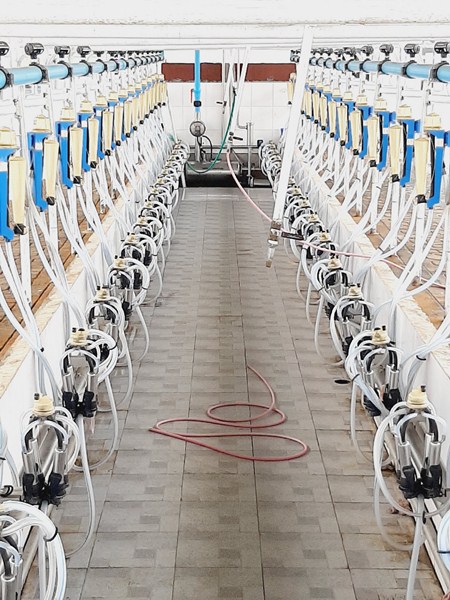
The herringbone type milking parlor, the most common design used on dairy farms with smaller herds. Here, cattle stand at a 45-degree angle, offering the milker a different access point to the udder than the parallel or tandem designs, and also allows access for different types of equipment to be used.
The raw milk is then transported to the cooling tank of the milk plant, within the complex. For every 100 liters of milk that goes into the plant, 40 liters is for fresh milk, 40 liters for yoghurt and 20 liters for pastillas making.
At the plant, the raw milk undergoes homogenization and low-heat (75 degrees Centigrade) pasteurization. Then, it is transformed into a number of products for Mr. Moo, a 20 year old company, owned by Mr. Juan Miguel Mercado, that started in Tagaytay City.
Mr. Moo, whose branding is represented by a Holstein-Friesian cow, partnered with the Ilagan-based Jeaox Breeding Farm since corn silage or burong mais, the cow’s main diet and principal energy source, is cheaper in Ilagan (Php2.15 per kilo) compared to the corn-producing provinces near Tagaytay (Php10 per kilo). Corn silage is made from the leaves, briquettes (busil) and stems of corn mixed with grass and other feeds.
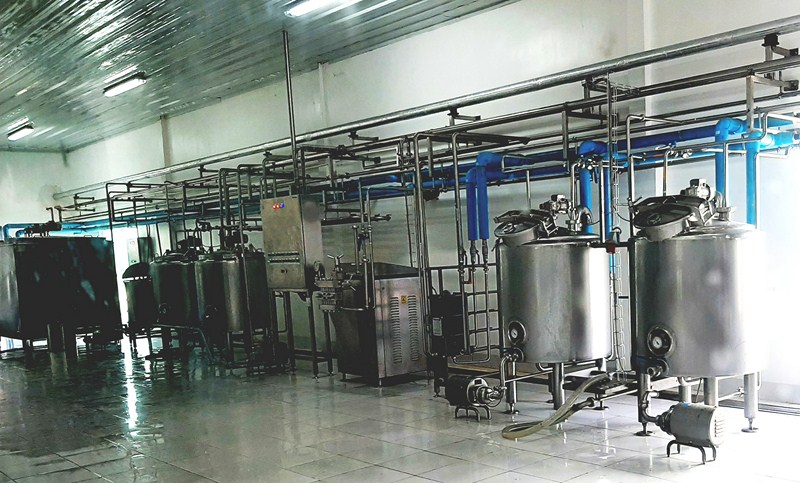
High pressure homogenizers are mixing equipment used to create a uniform and consistent mixture. It works by breaking the components and evenly distributing them throughout the solution. Homogenizers were invented by Auguste Gaulin for homogenizing milk.
These highly perishable milk drinks, with eight flavors (plain, chocolate, dark choco, vanilla, strawberry, melon, buko pandan and ube), are package in small plastic bottles with a shelf life of 5 to 10 days when refrigerated. Starting from November 2023, aside from the City of Ilagan, these products were also transported to Tagaytay.
They are also packaged in high-density polyethylene (HDPE) containers (which extends, from to 6 to 8 months up to one year, the shelf life) which are intended for the city government’s milk feeding programs (which Mr. Moo participates in with the help of the Department of Education and the Department of Social Welfare and Development) for young students.
Currently, Mr. Moo has five franchises and six outlets, two in the Cagayan Valley Region. One is along the Maharlika Highway in Brgy. Baligatan (across the Giant Butaka) in the City of Ilagan (inaugurated on February 1, 2024) and another is in Cauayan City (formally inaugurated on April 6, 2024). Another branch will soon to open in Tuguegarao City (Cagayan).
Their products also include four variants of yoghurt (plain, ube, strawberry and mango) and four variants of pastillas (plain, buko pandan, cheese and ube). Ice cream products are still under experimentation, with four flavors in the works.
Jeaox Breeding Farm: Sitio Bating, Brgy. Namnama, City of Ilagan, 3300 Isabela.
City Tourism Office: 2/F, City Hall Bldg., 3300 City of Ilagan, Isabela. Tel: (078) 624-1511. E-mail: tourism@cityofilagan.gov.ph.
City of Ilagan Tourist Information and Assistance Center: Bonifacio Park, 3300 City of Ilagan, Isabela. Tel: (078) 324-7769. E-mail: ilaganinfocenter@gmail.com.
Isabela Provincial Tourism Office: Provincial Capitol Complex, City of Ilagan, Isabela. Tel: (078) 323-3146. Mobile number: (0917) 317-3820. E-mail: isabelatourismoffice@gmail.com.
Isabela Provincial Information Office: Provincial Capitol Complex, City of Ilagan, Isabela. Tel: (078) 323-0248. Mobile number: (0927) 395-7555. E-mail: letters_info@yahoo.com.
How to Get There: The City of Ilagan is located 429.3 kms. (an 8-hour drive) from Manila and 35.5 kms. (a 1-hour drive) from Cauayan City.

